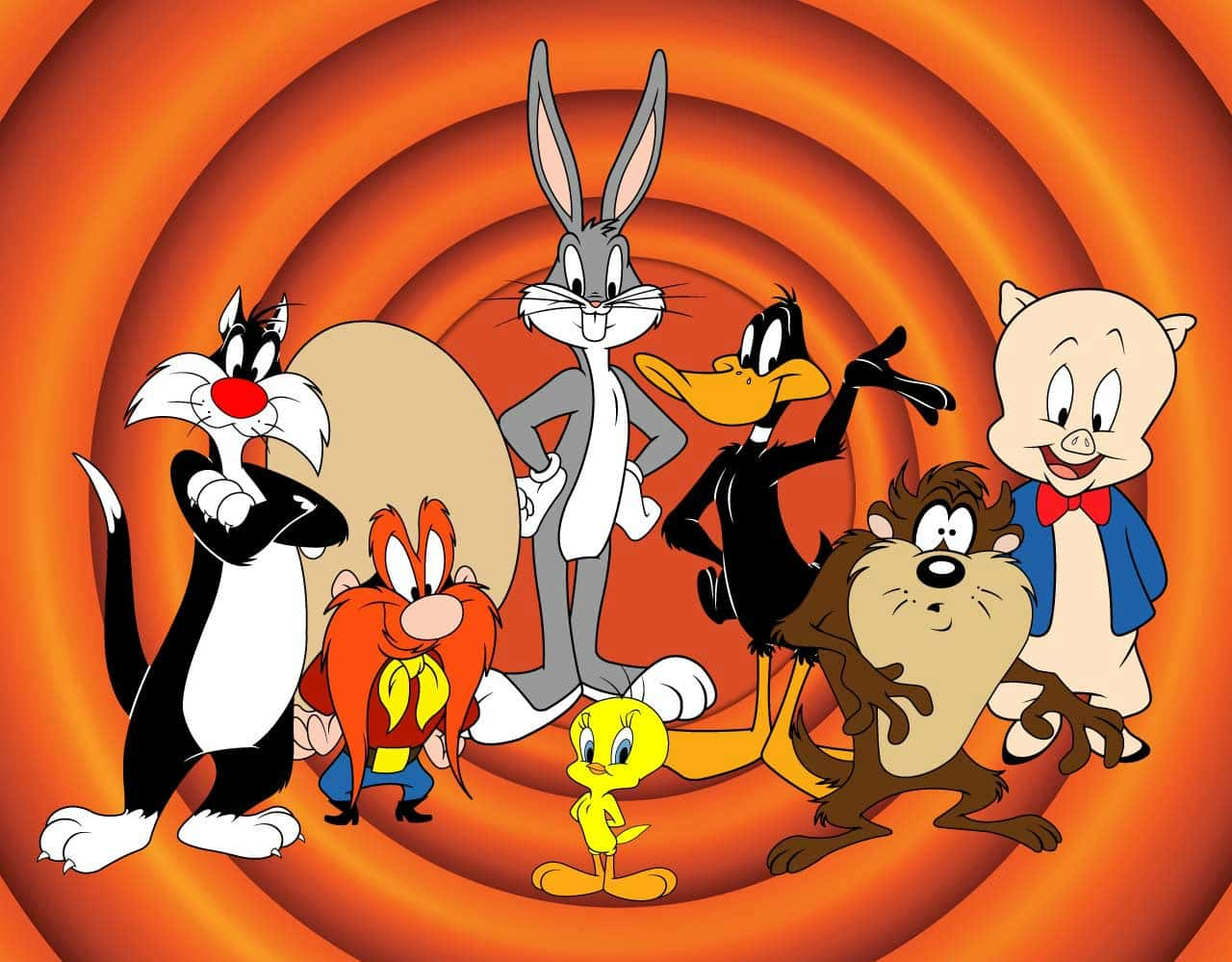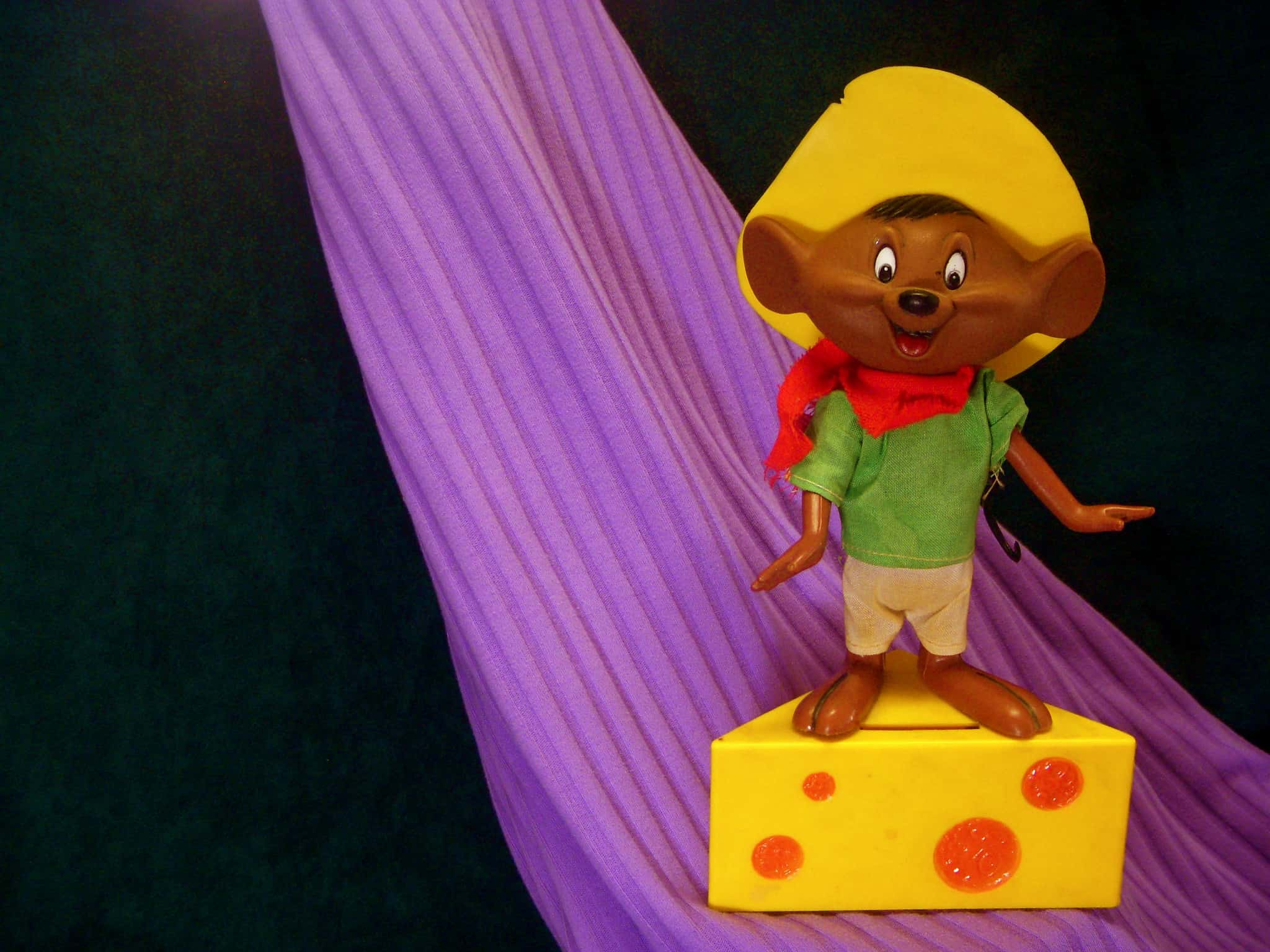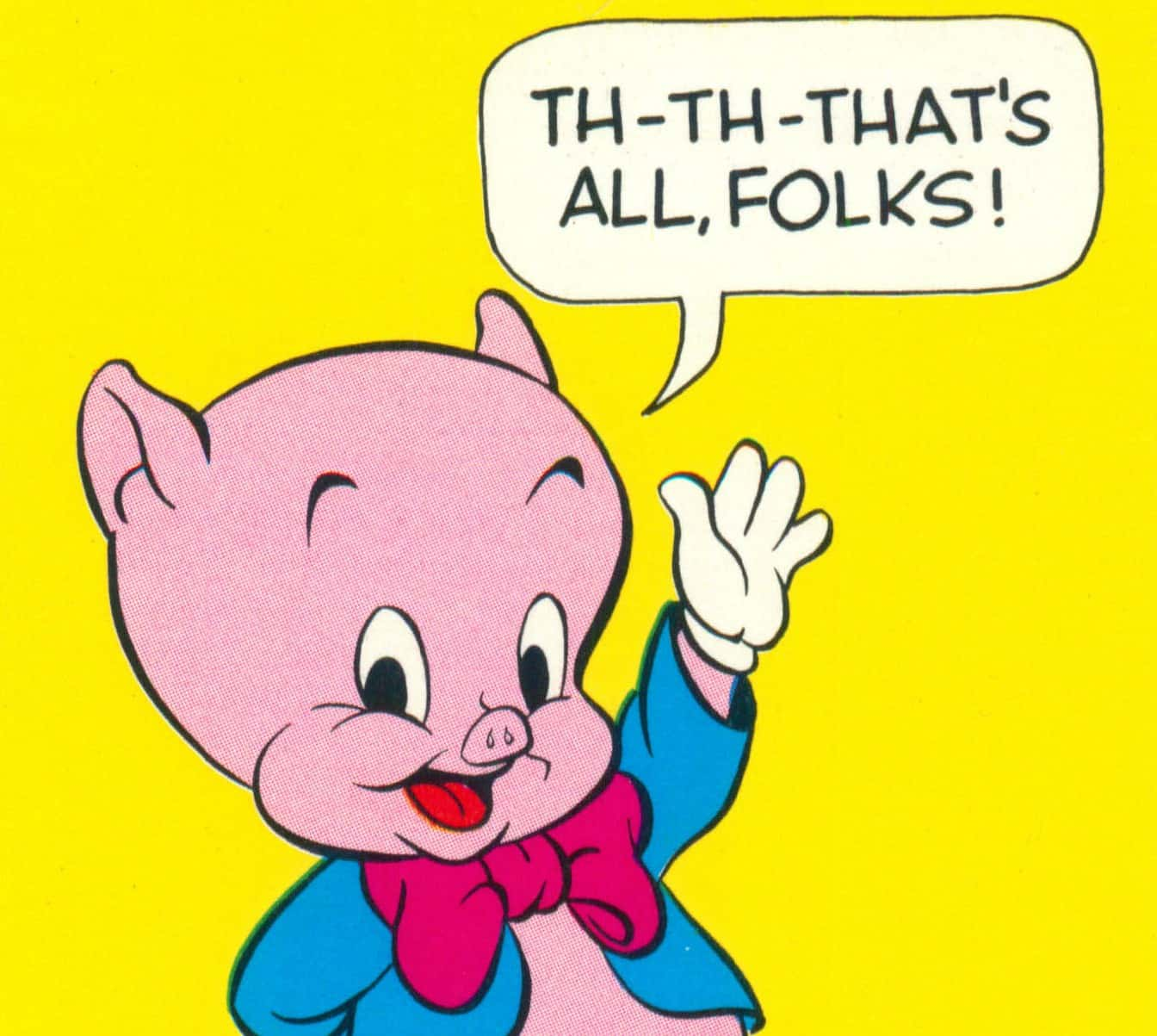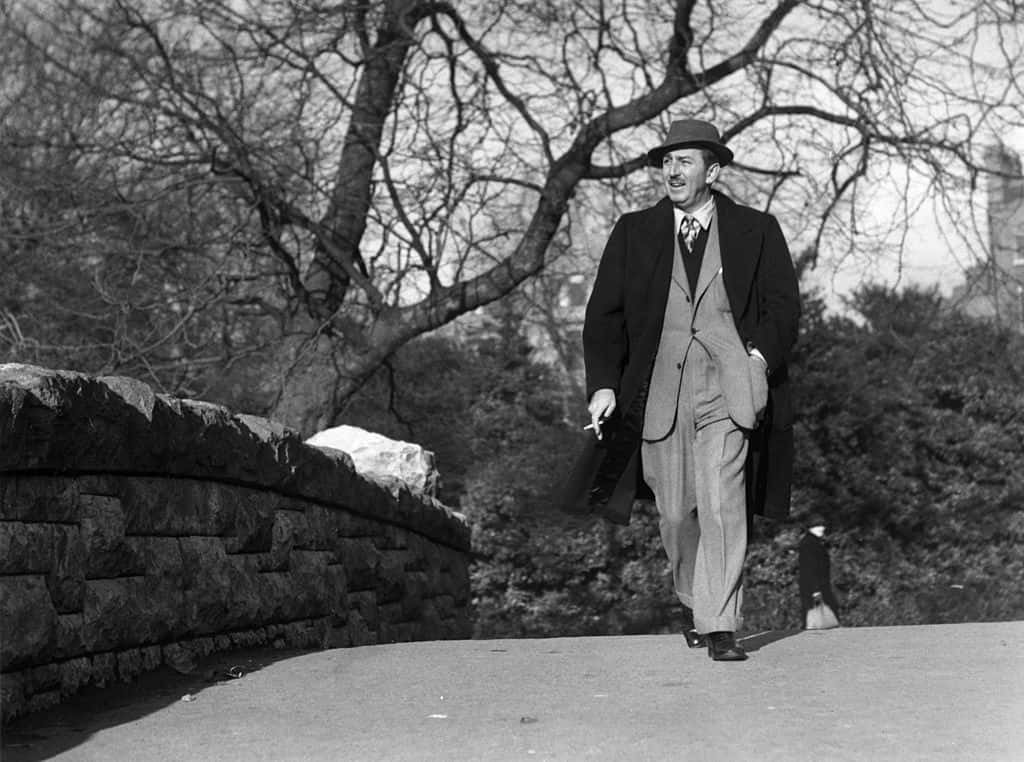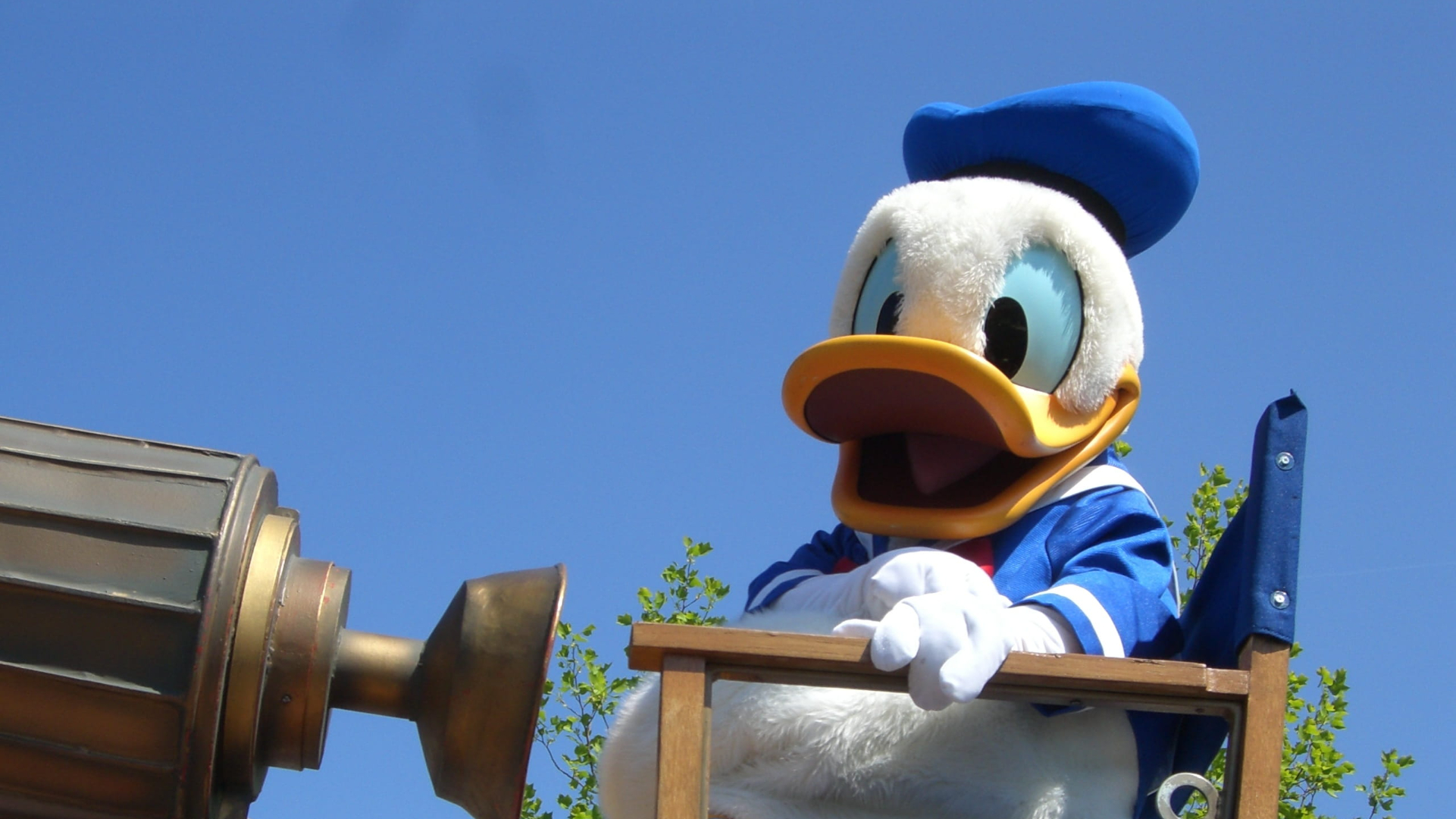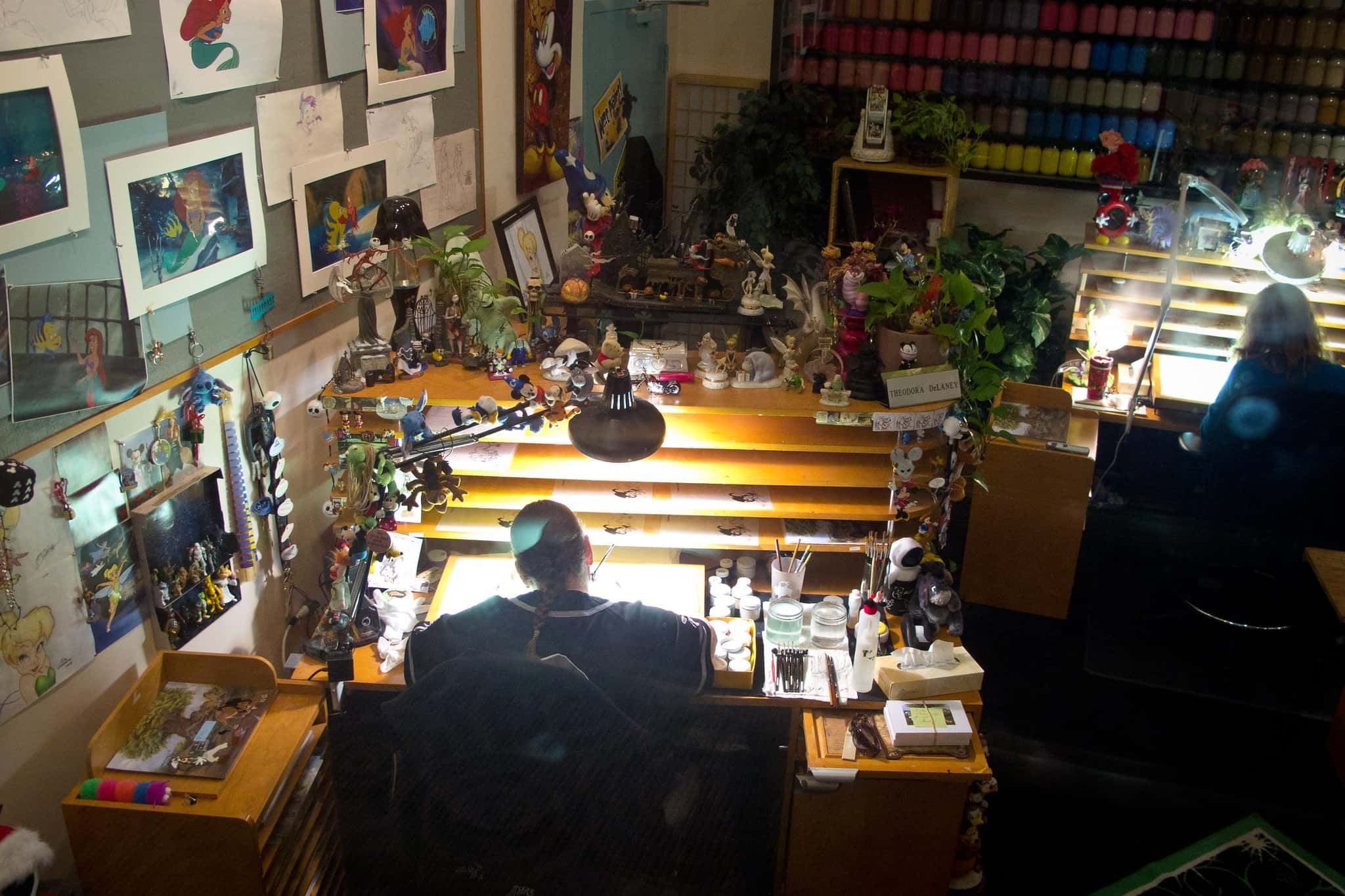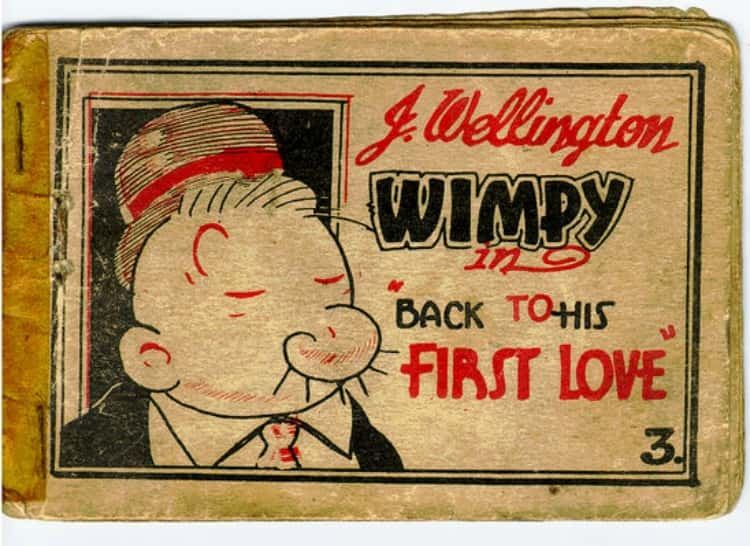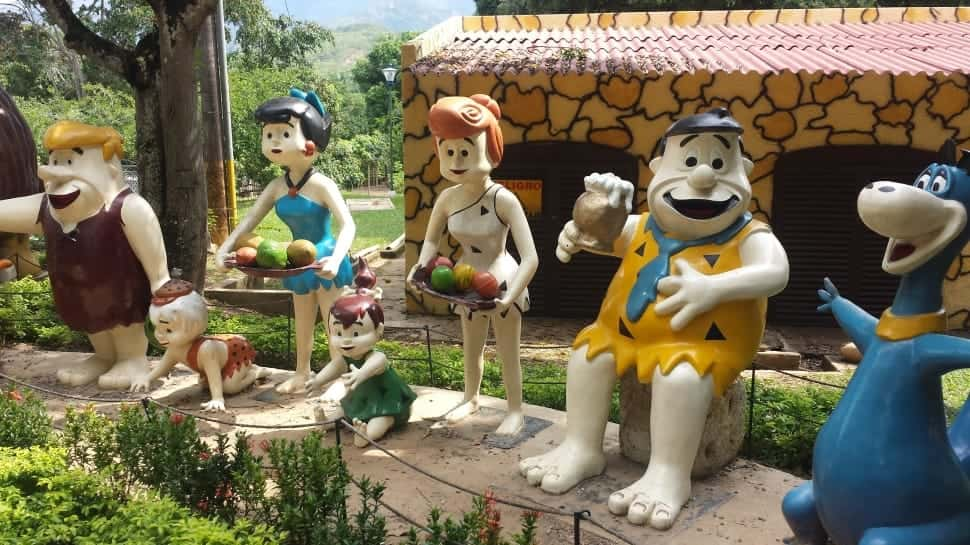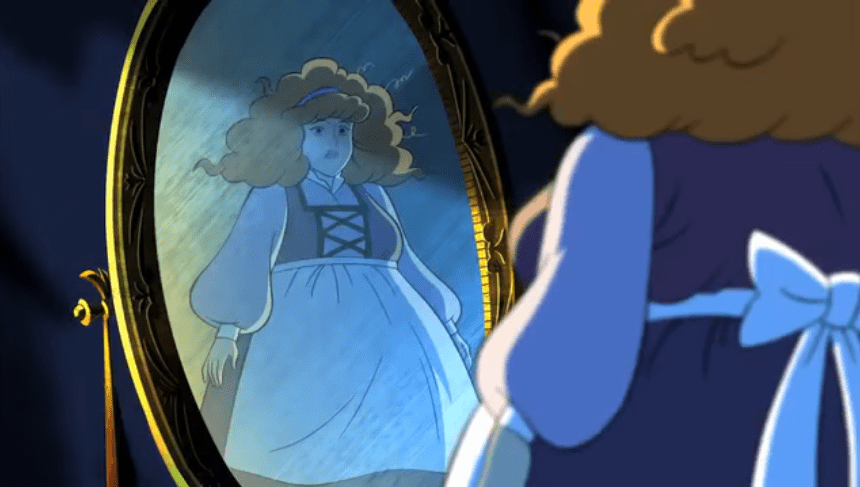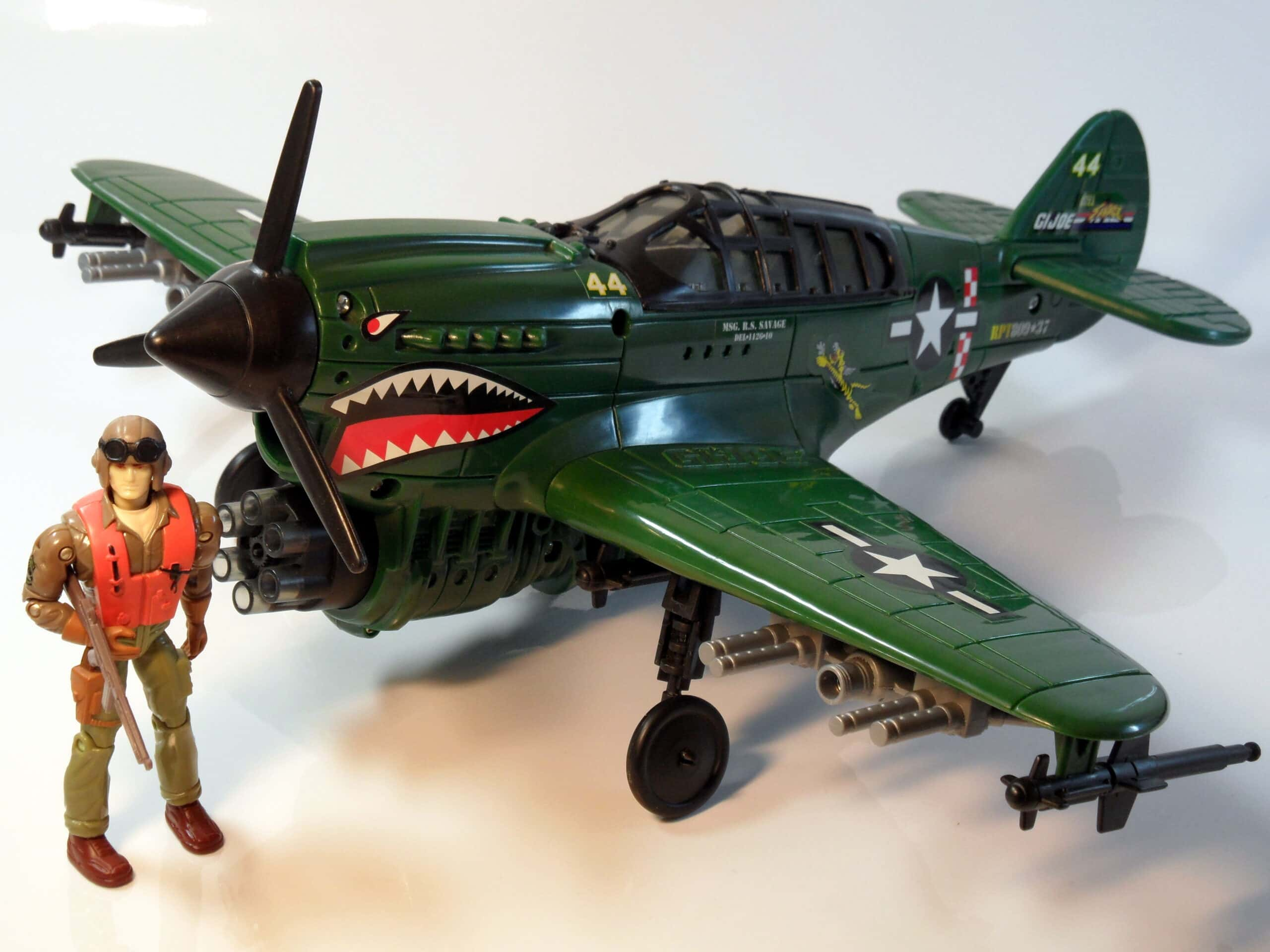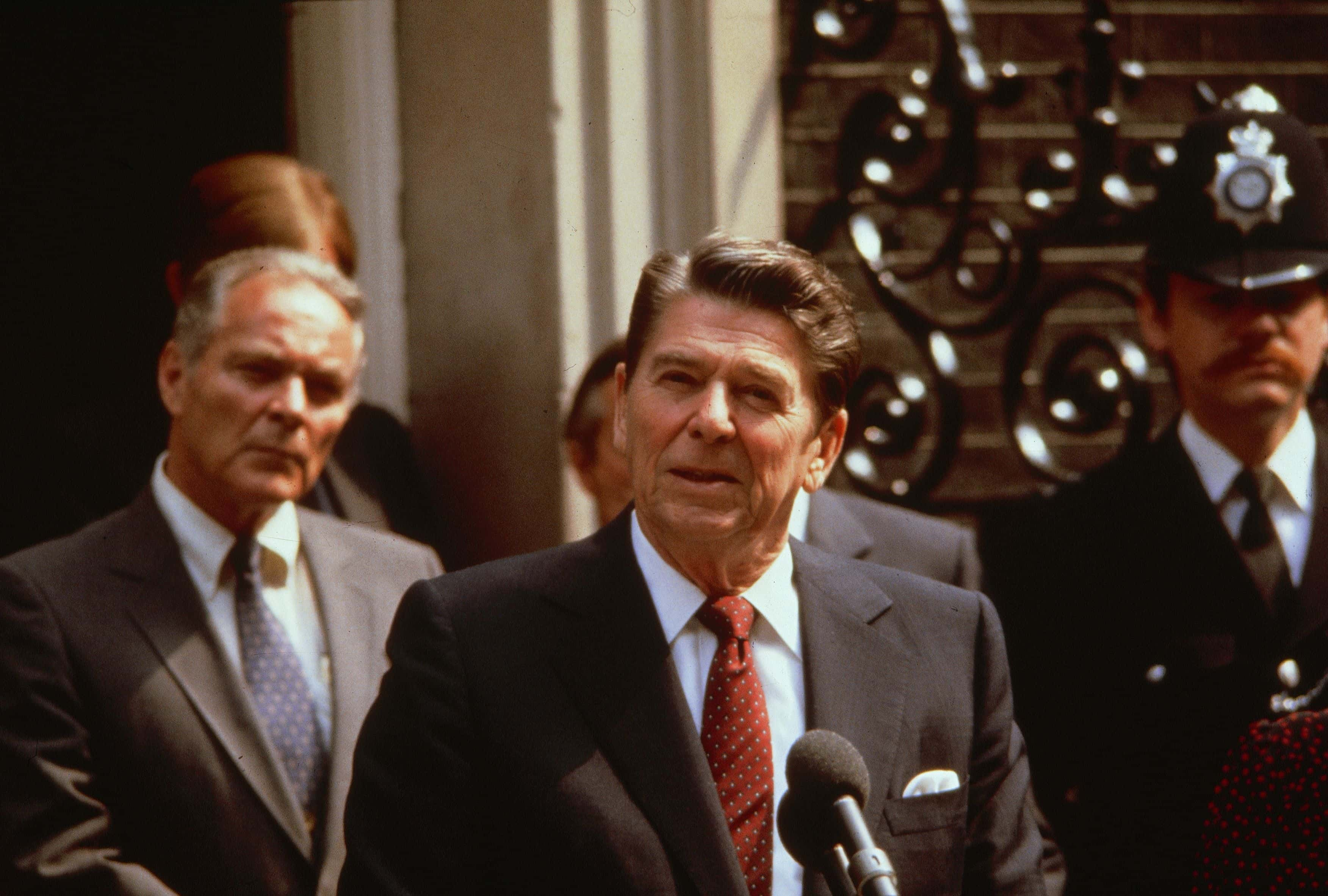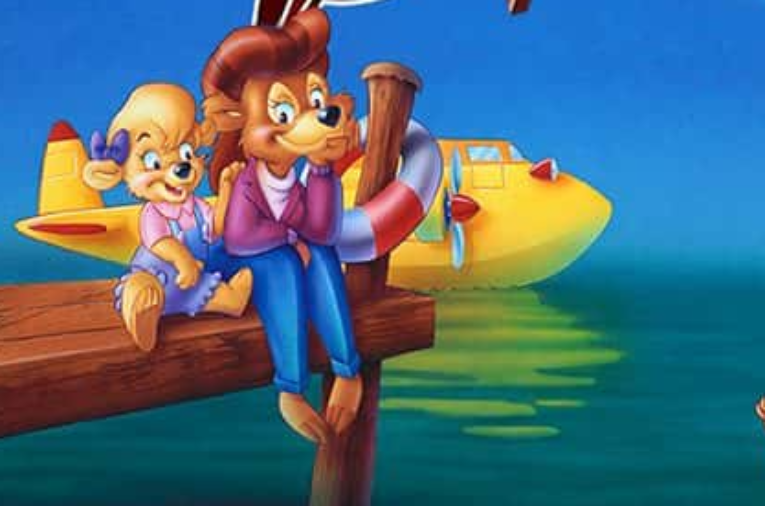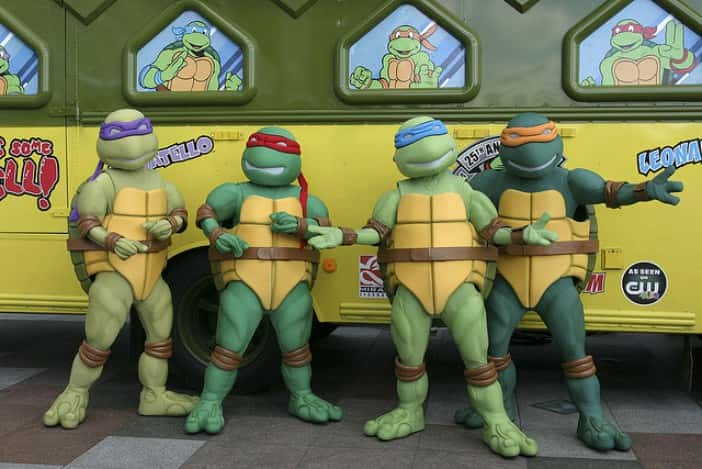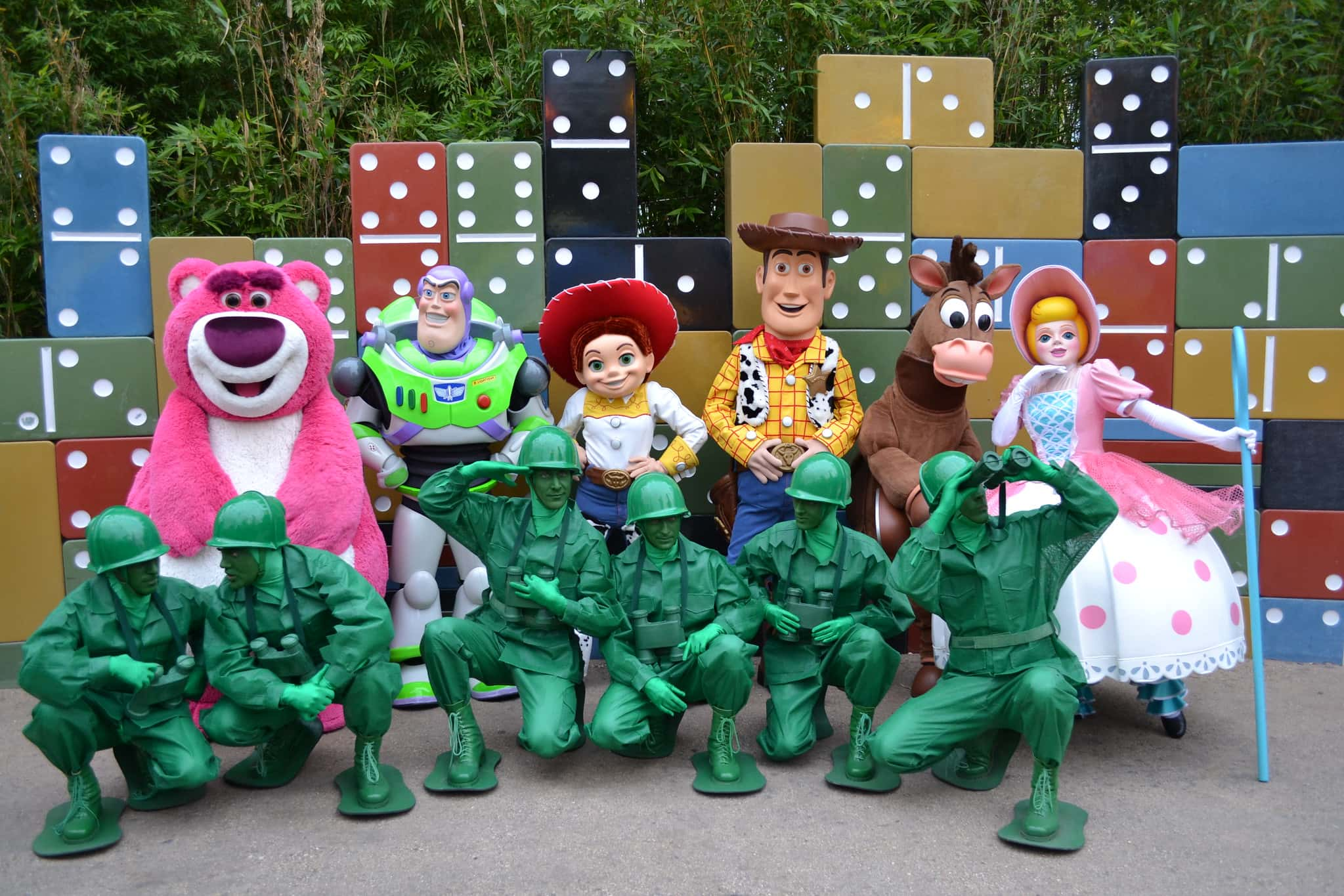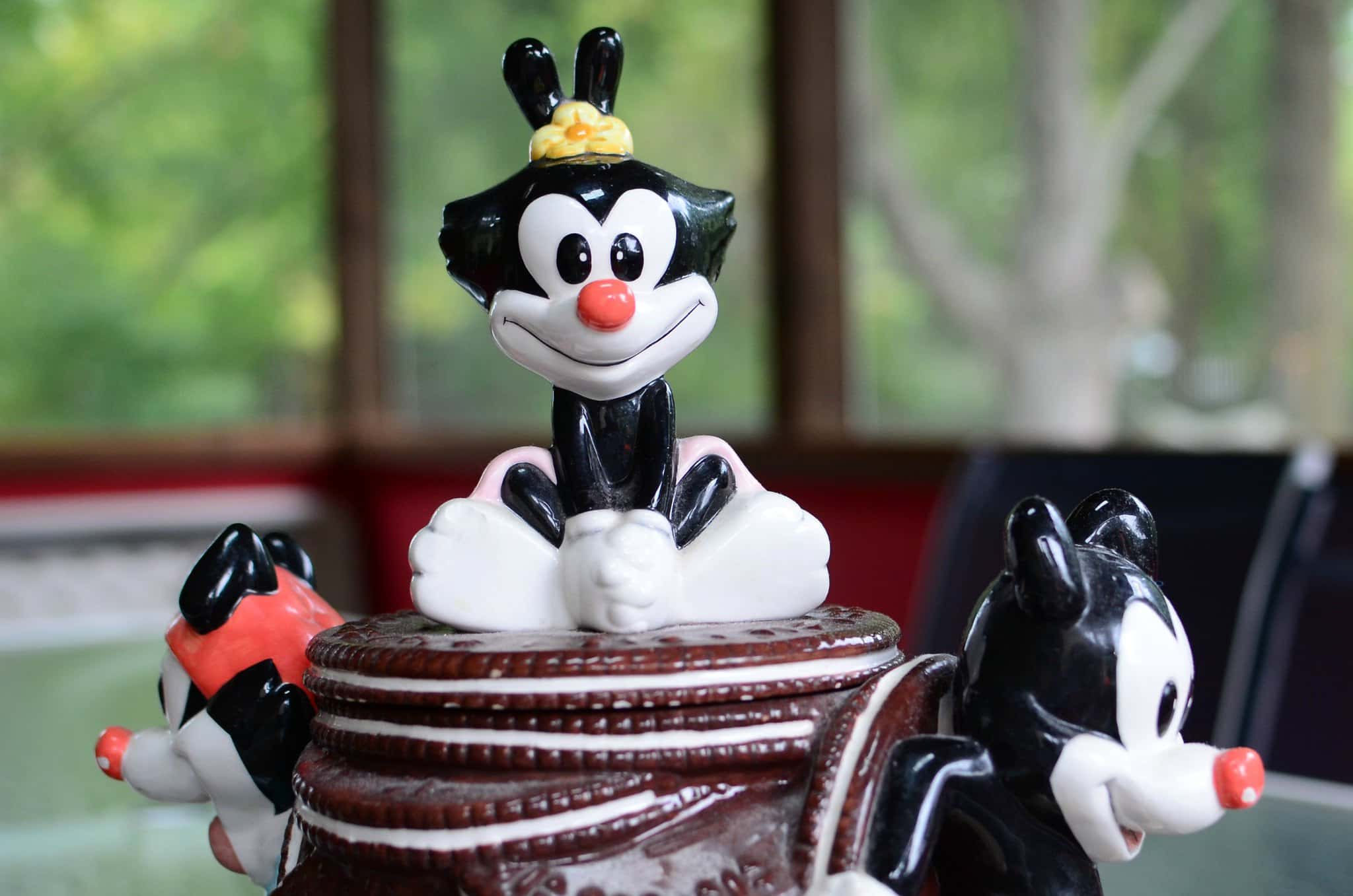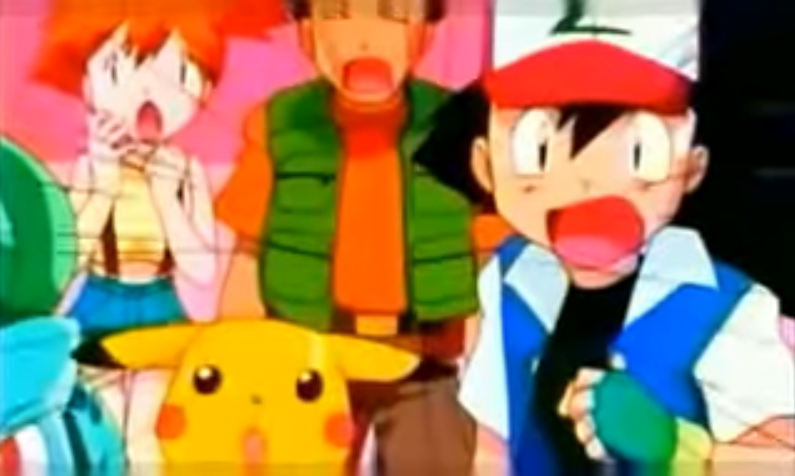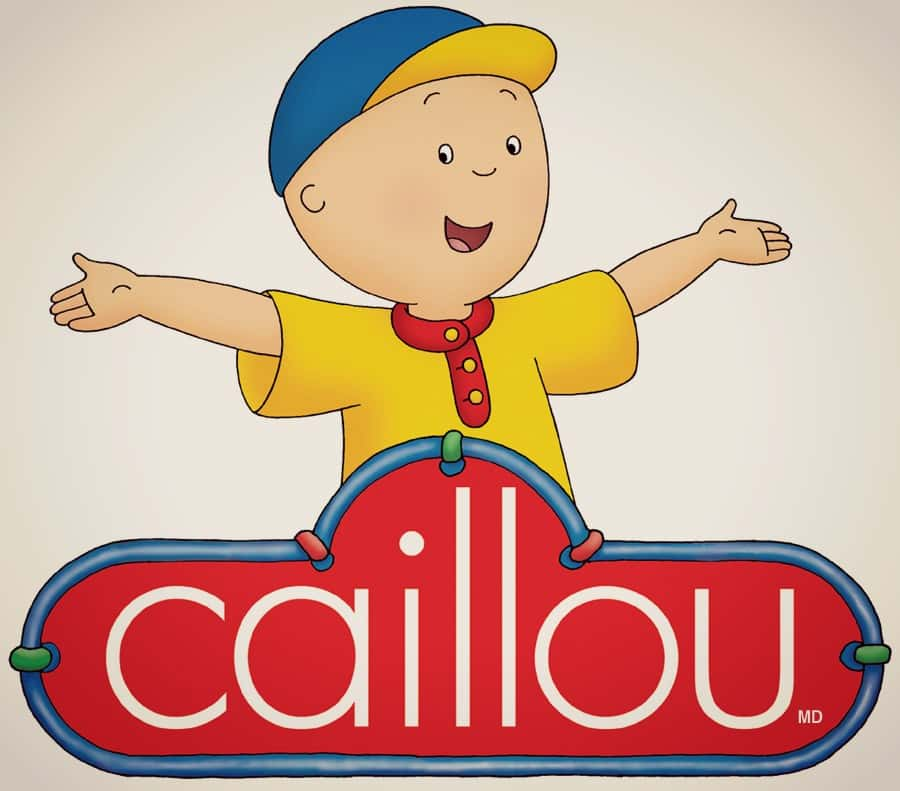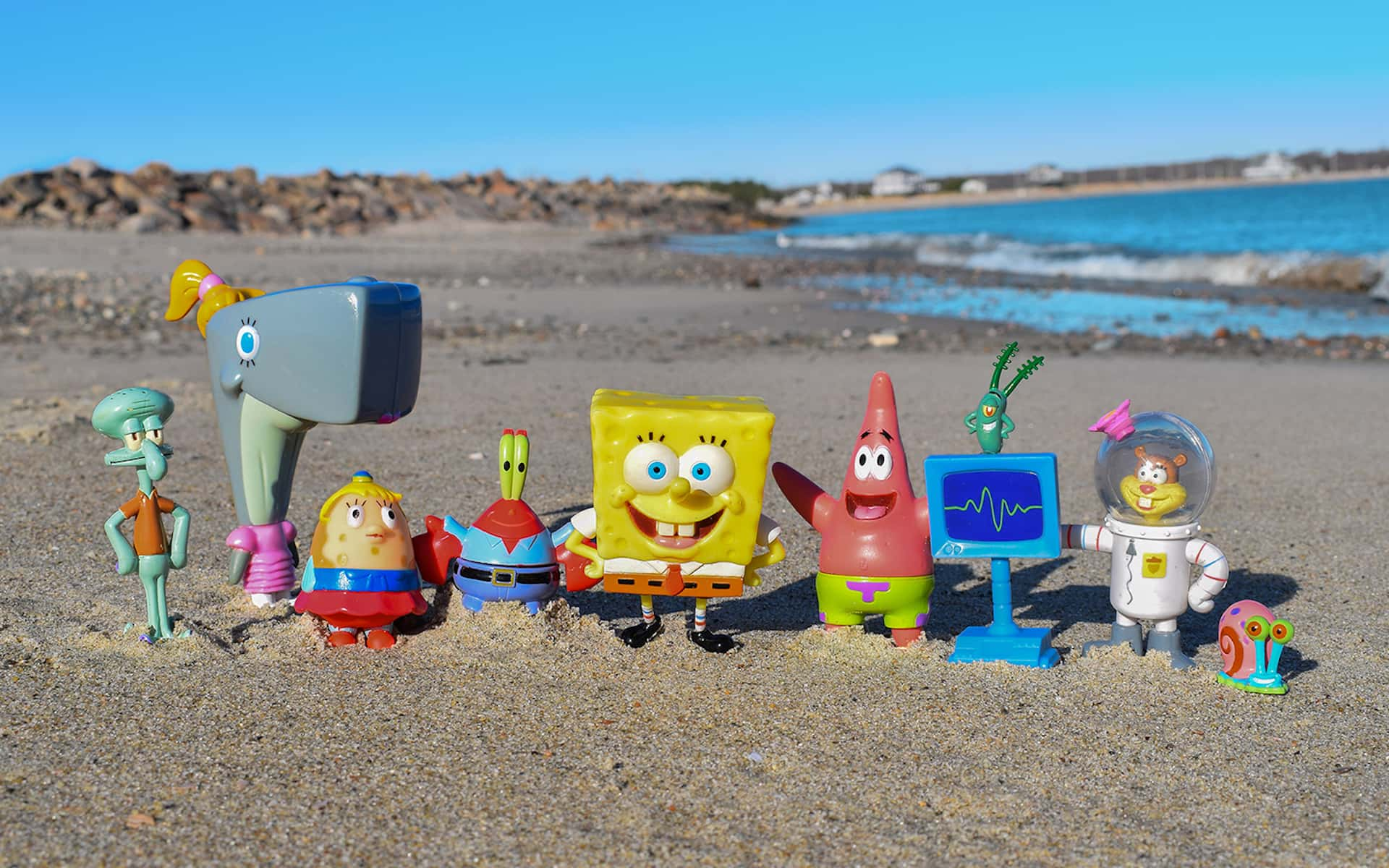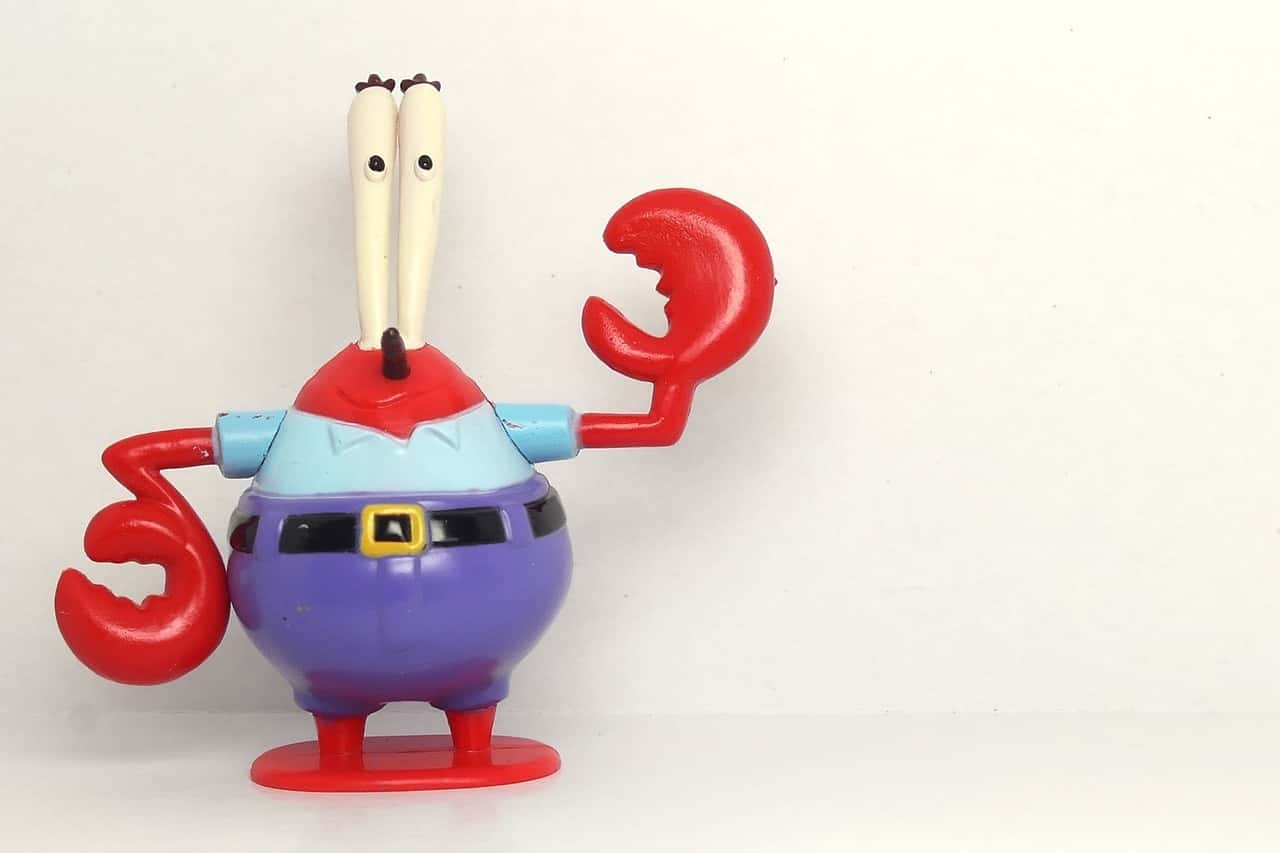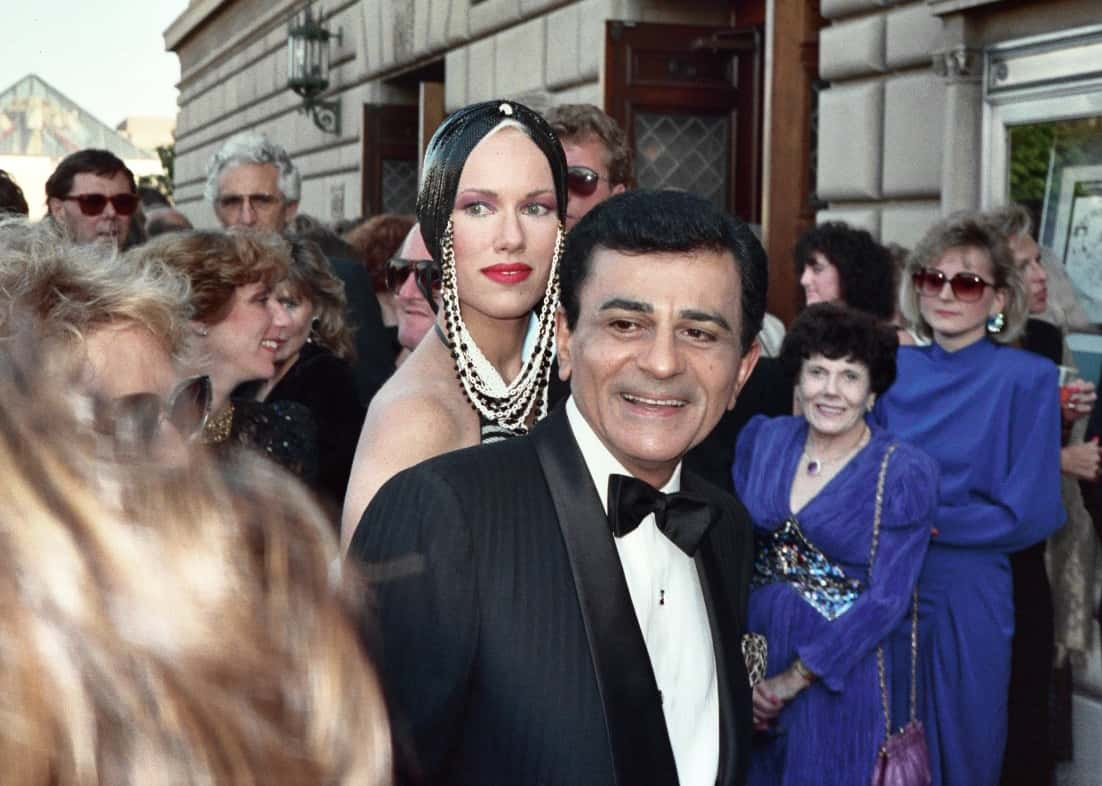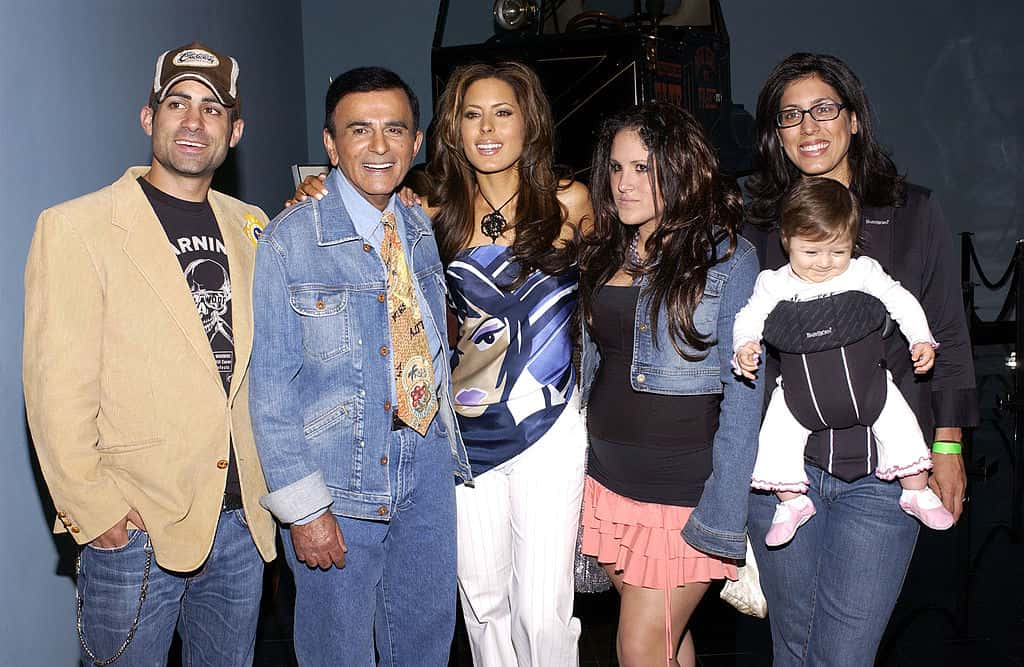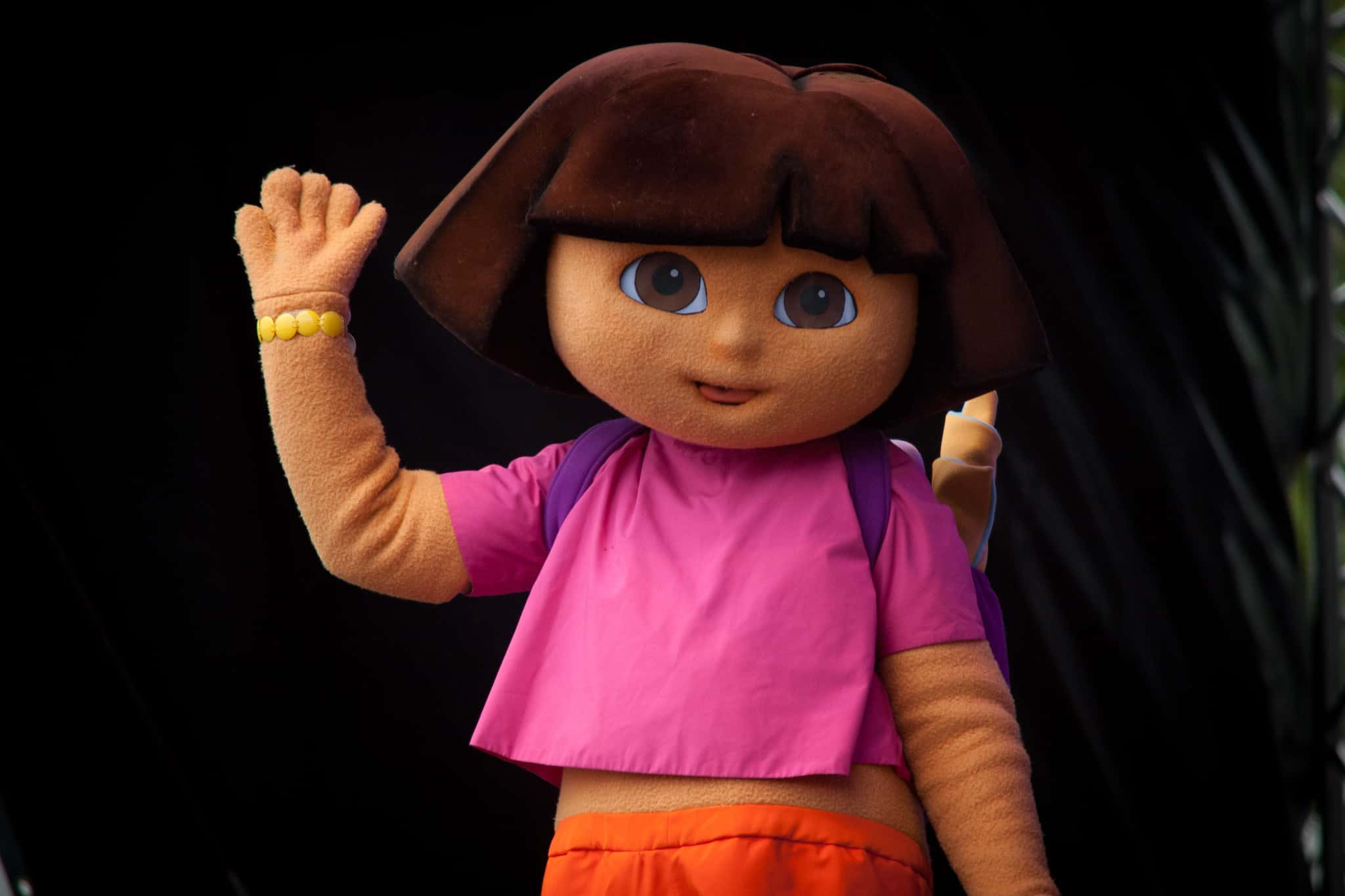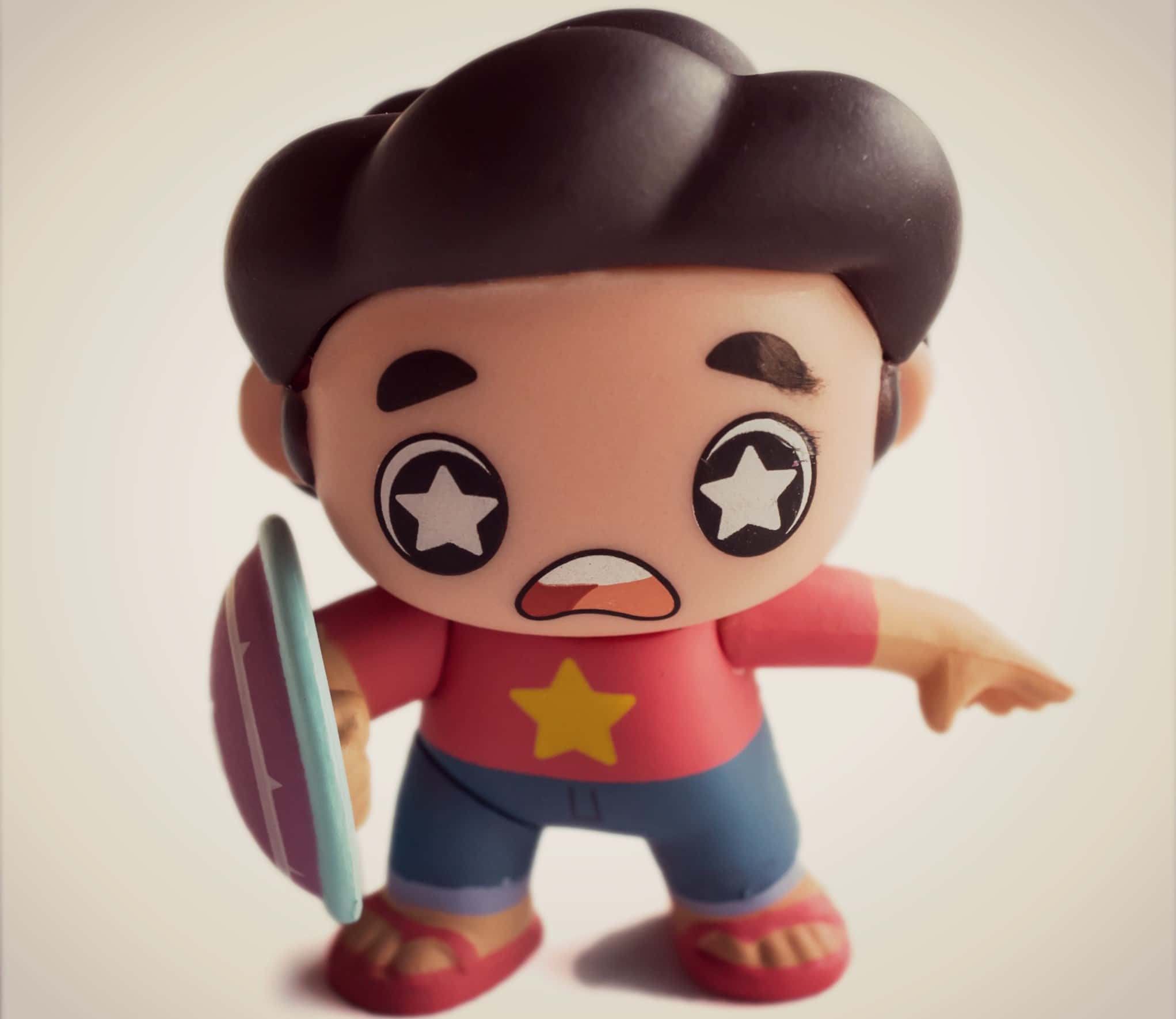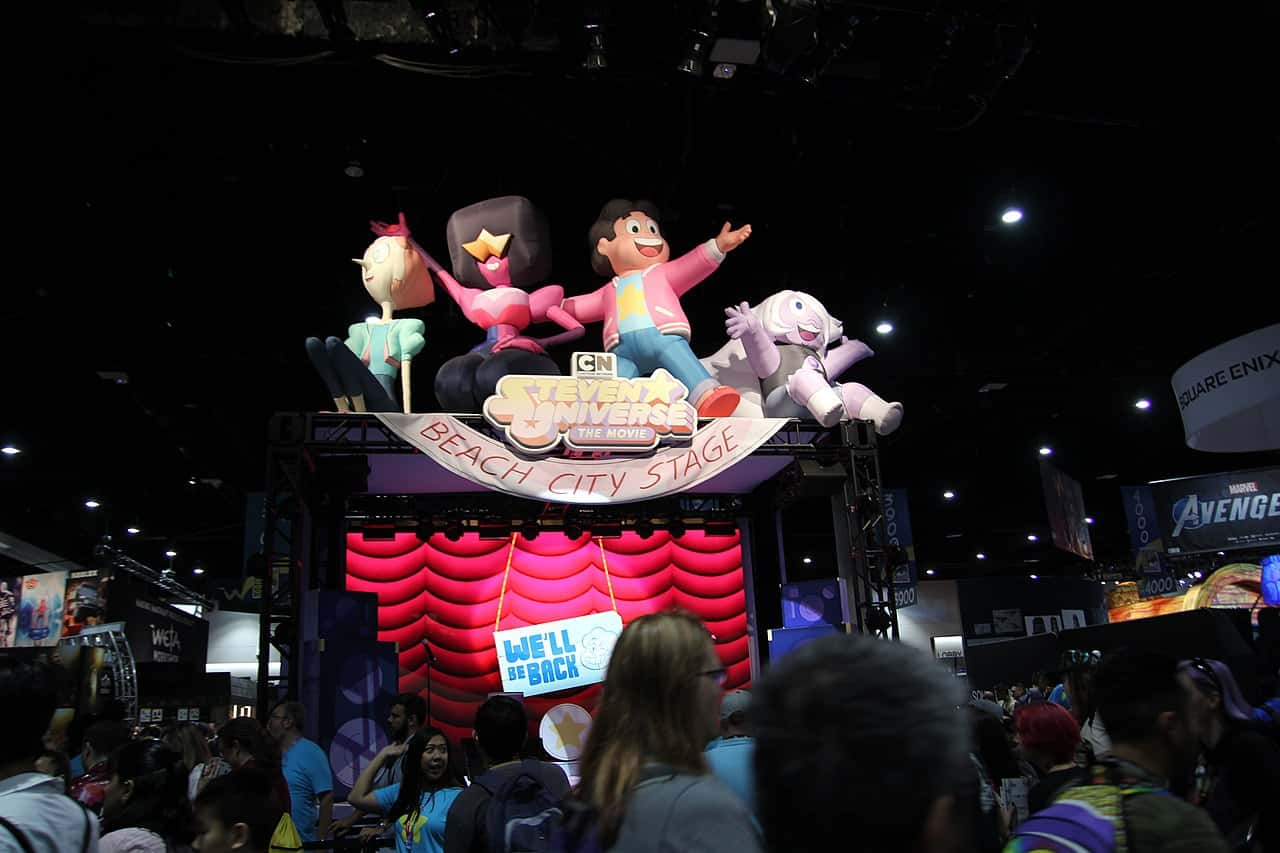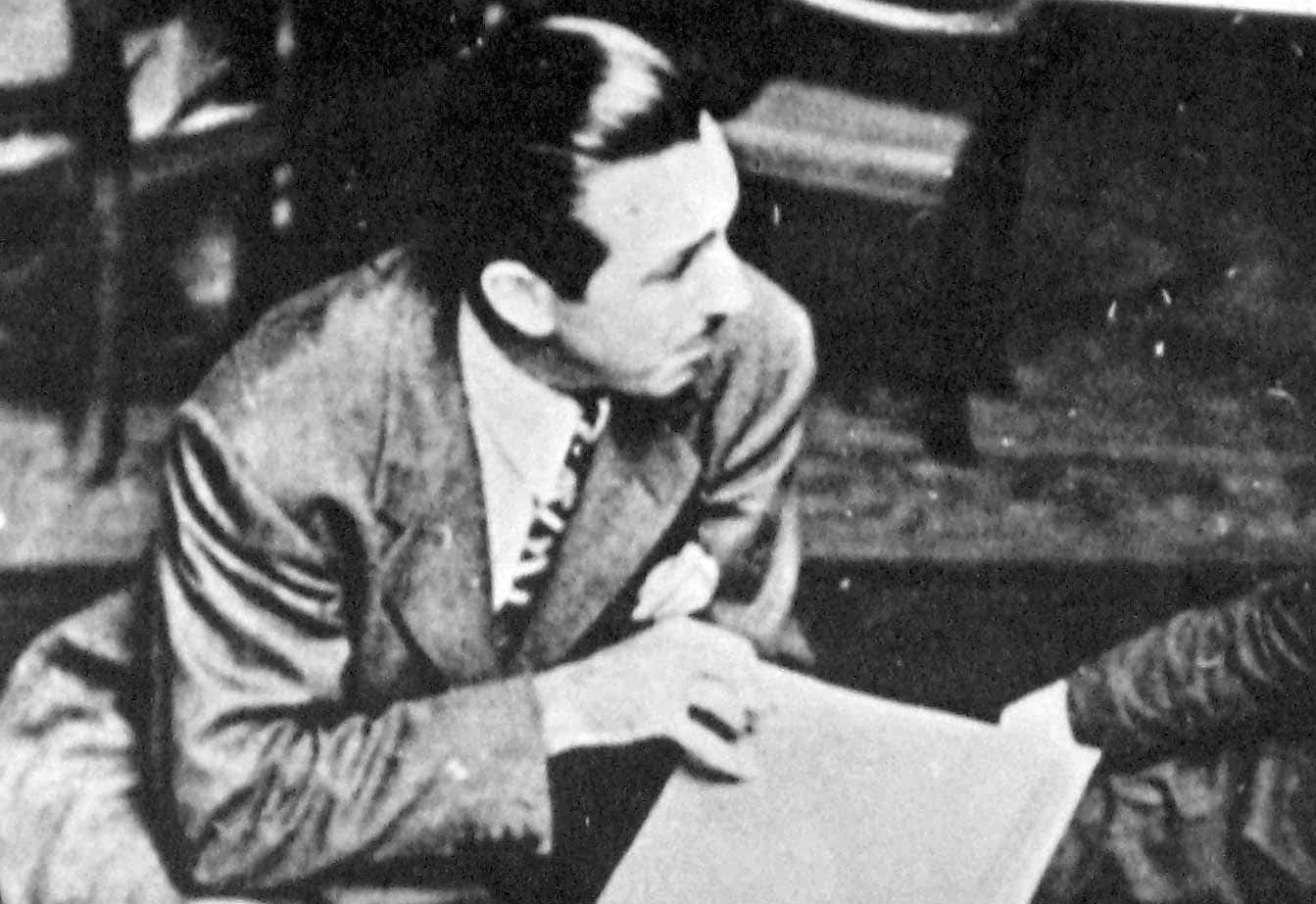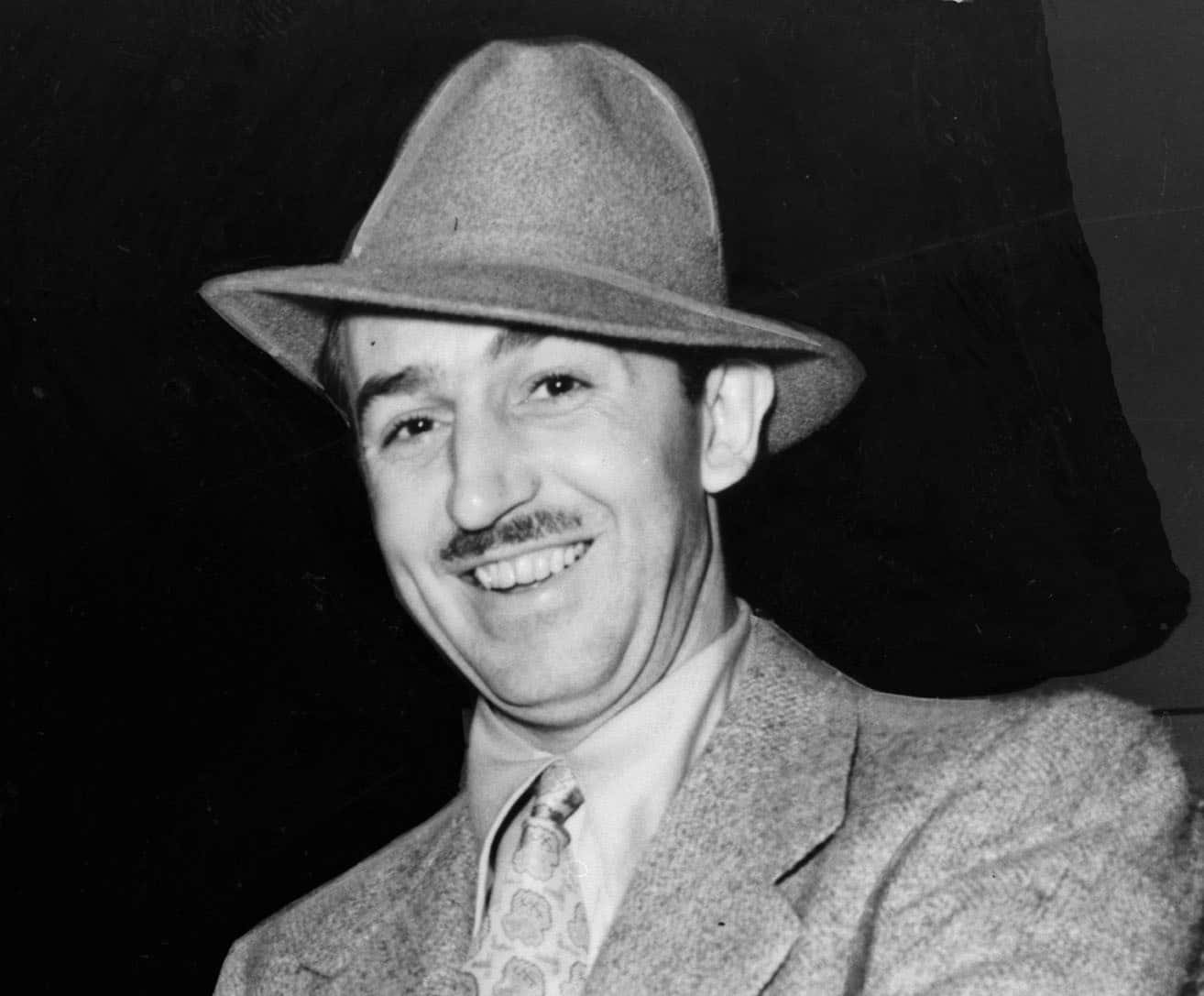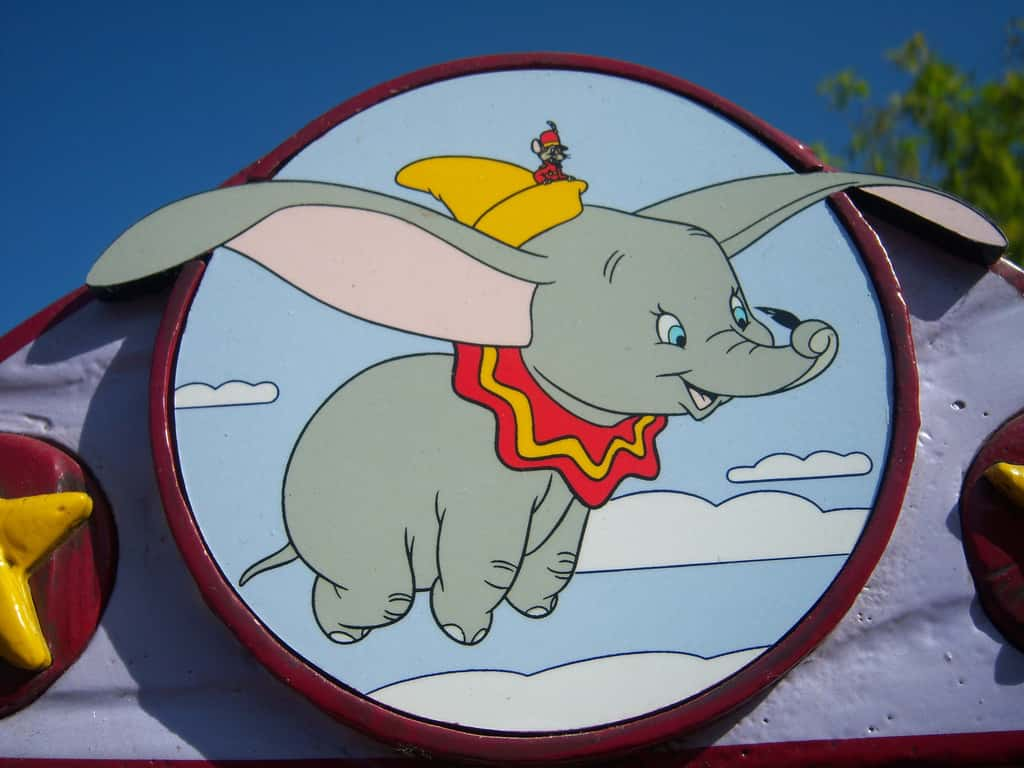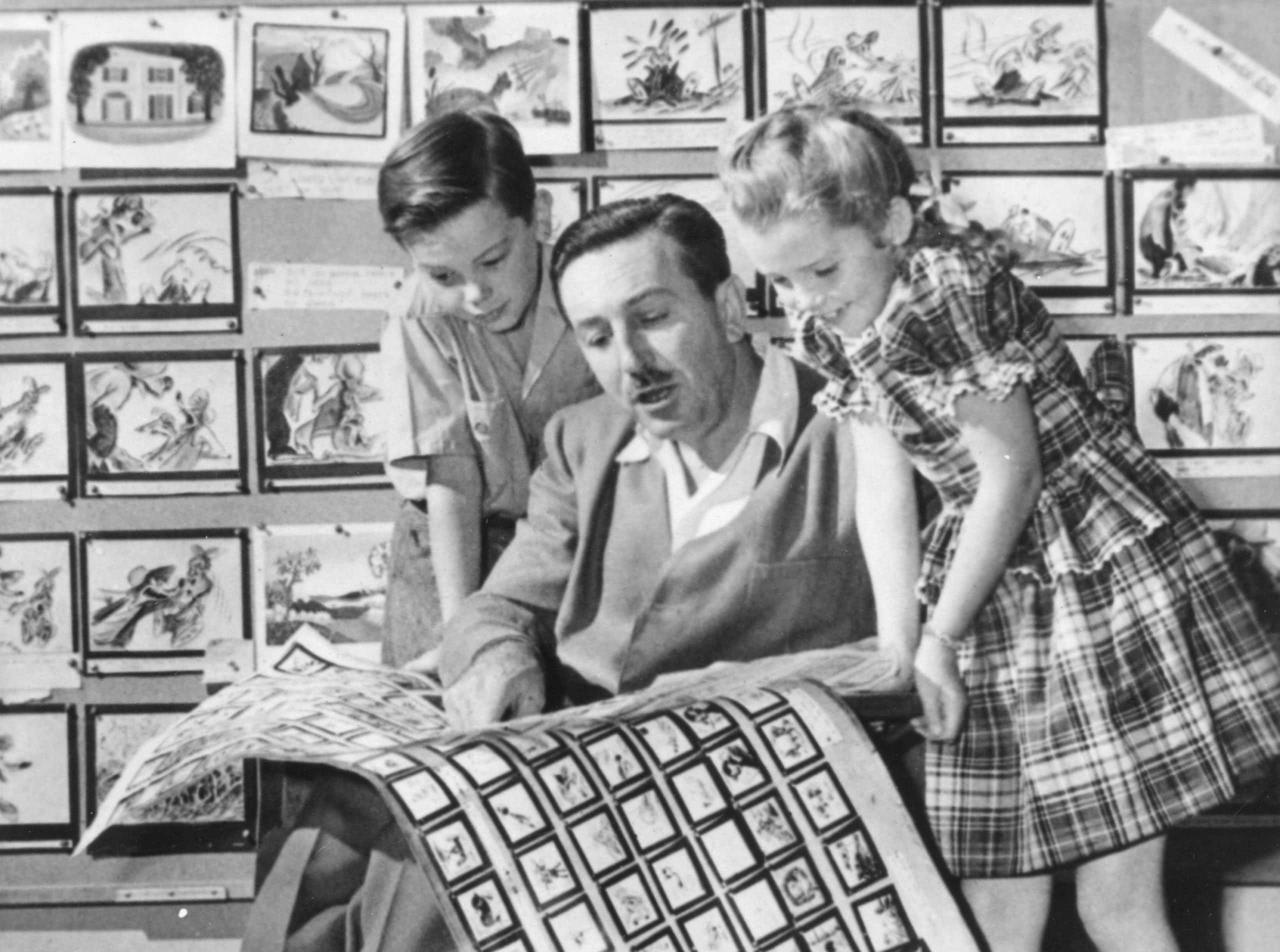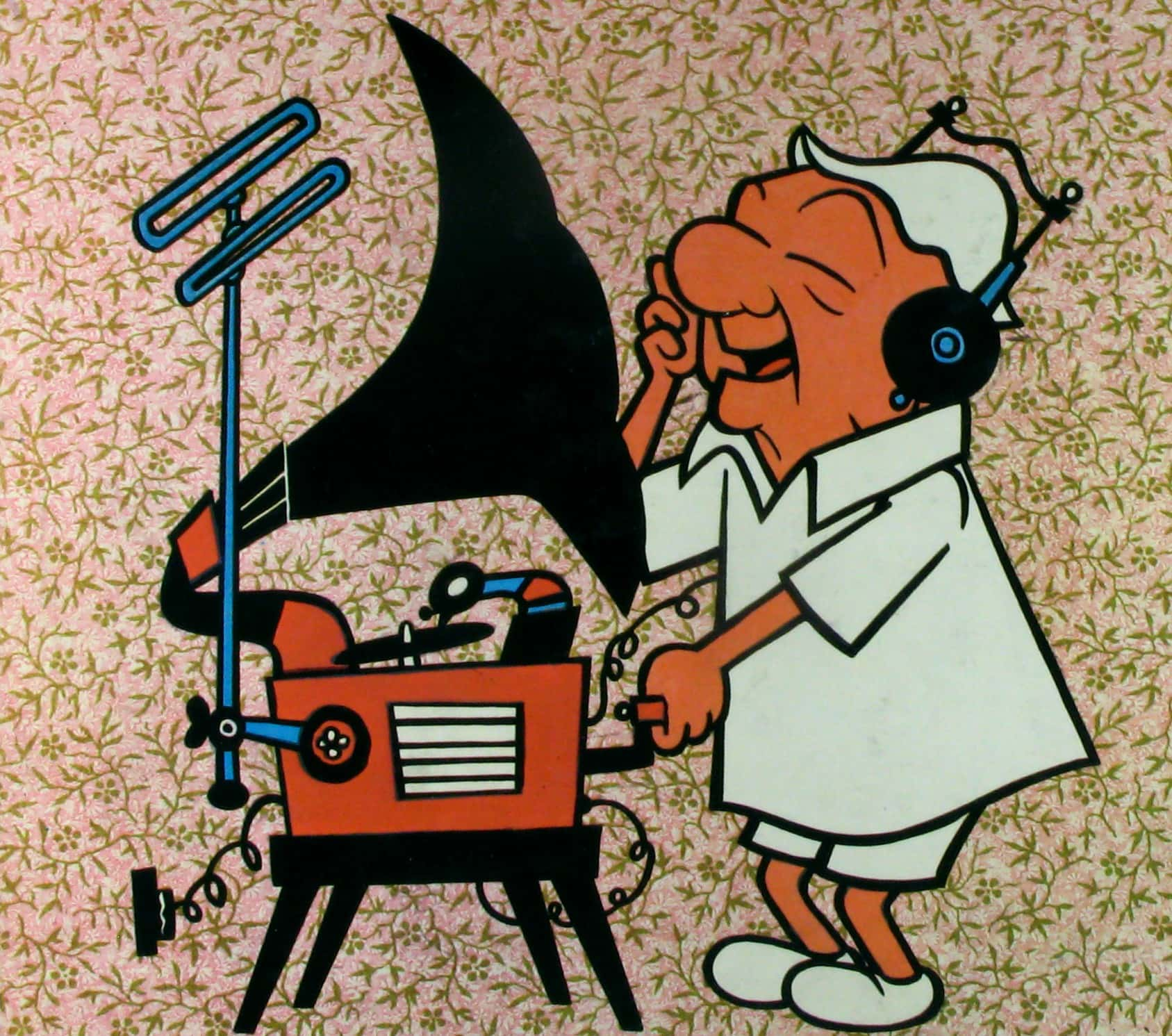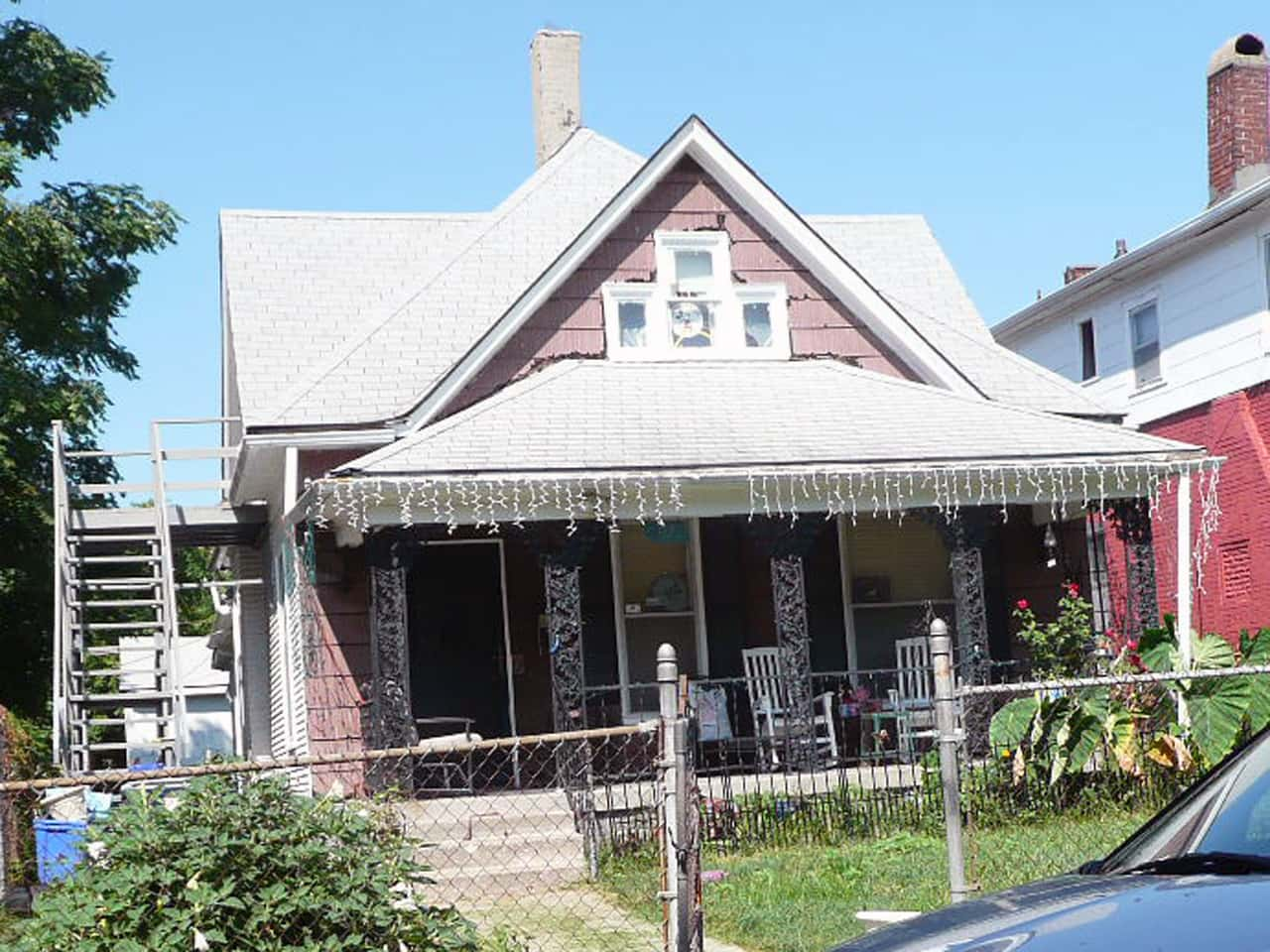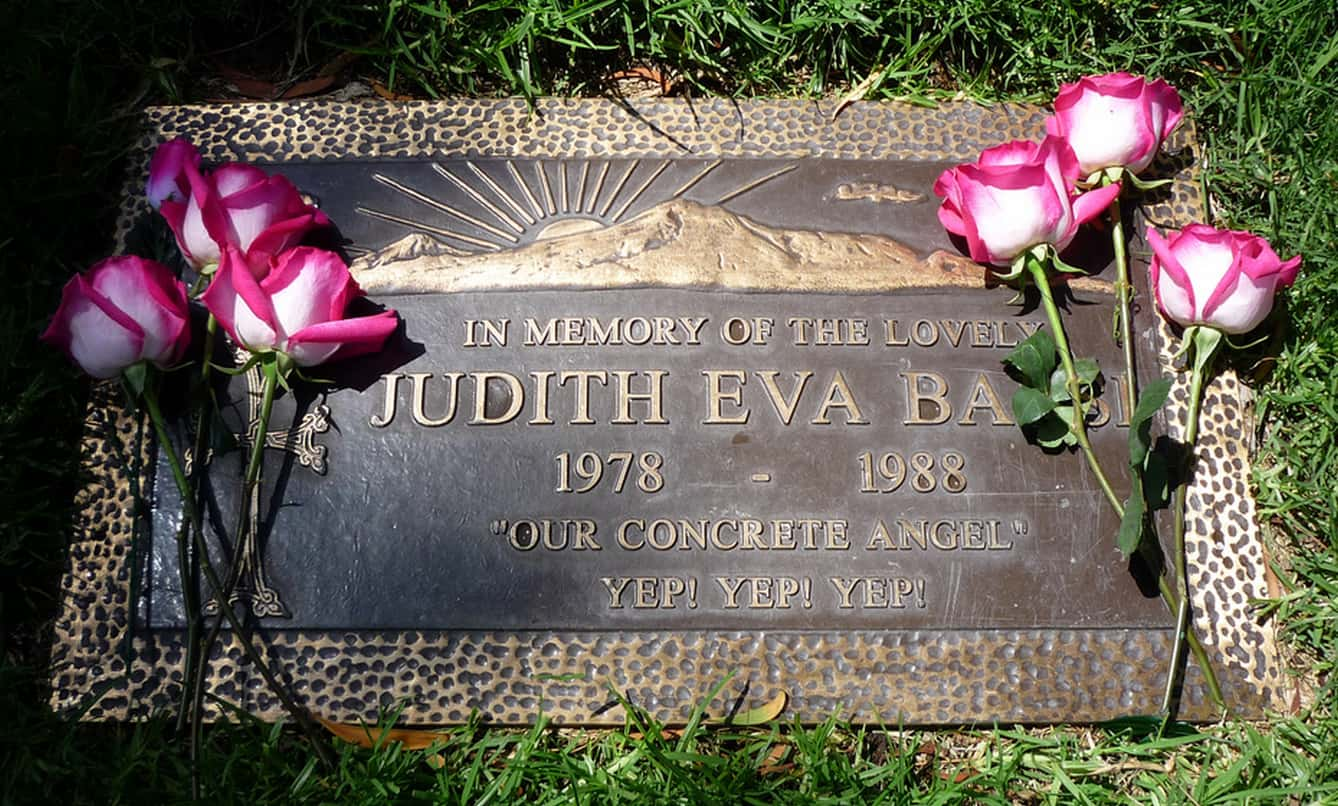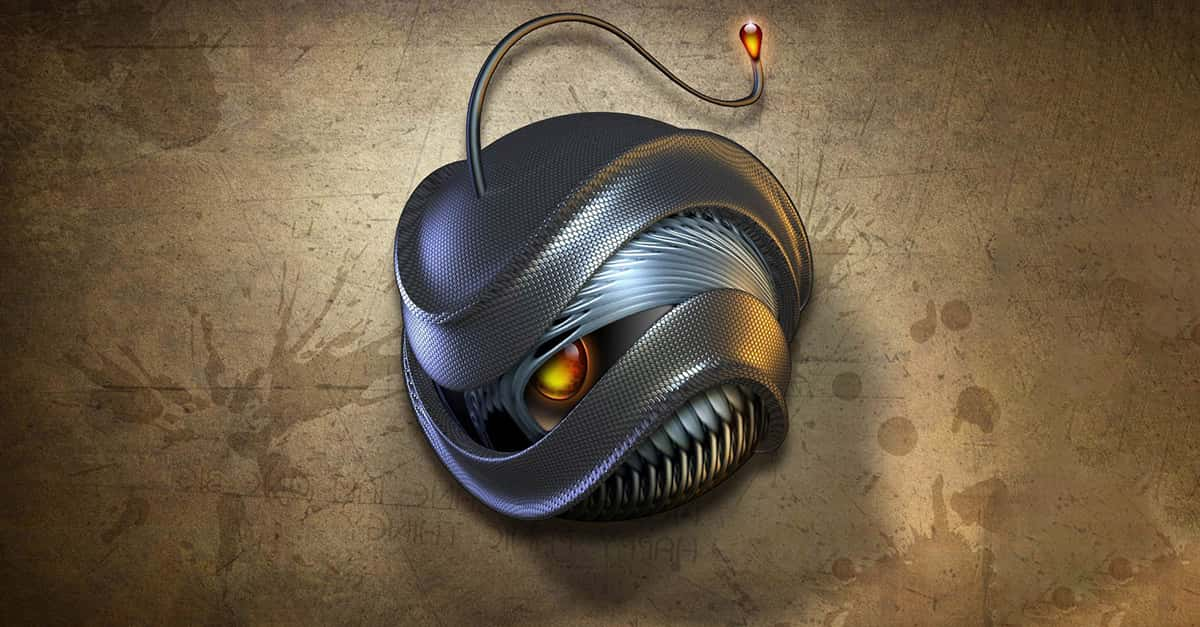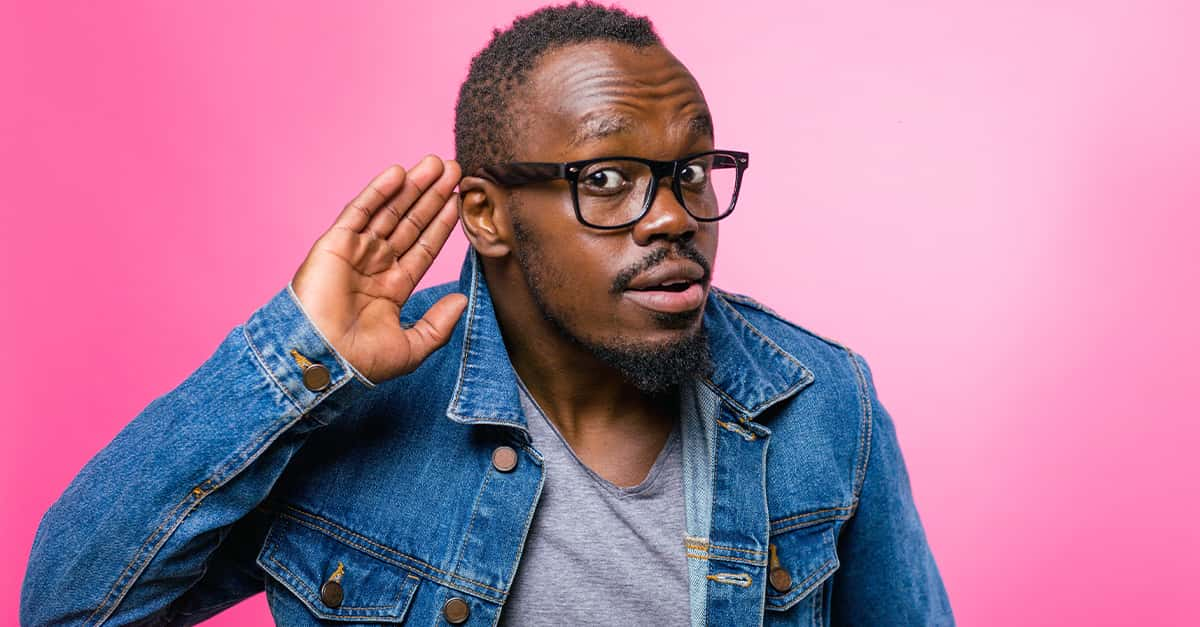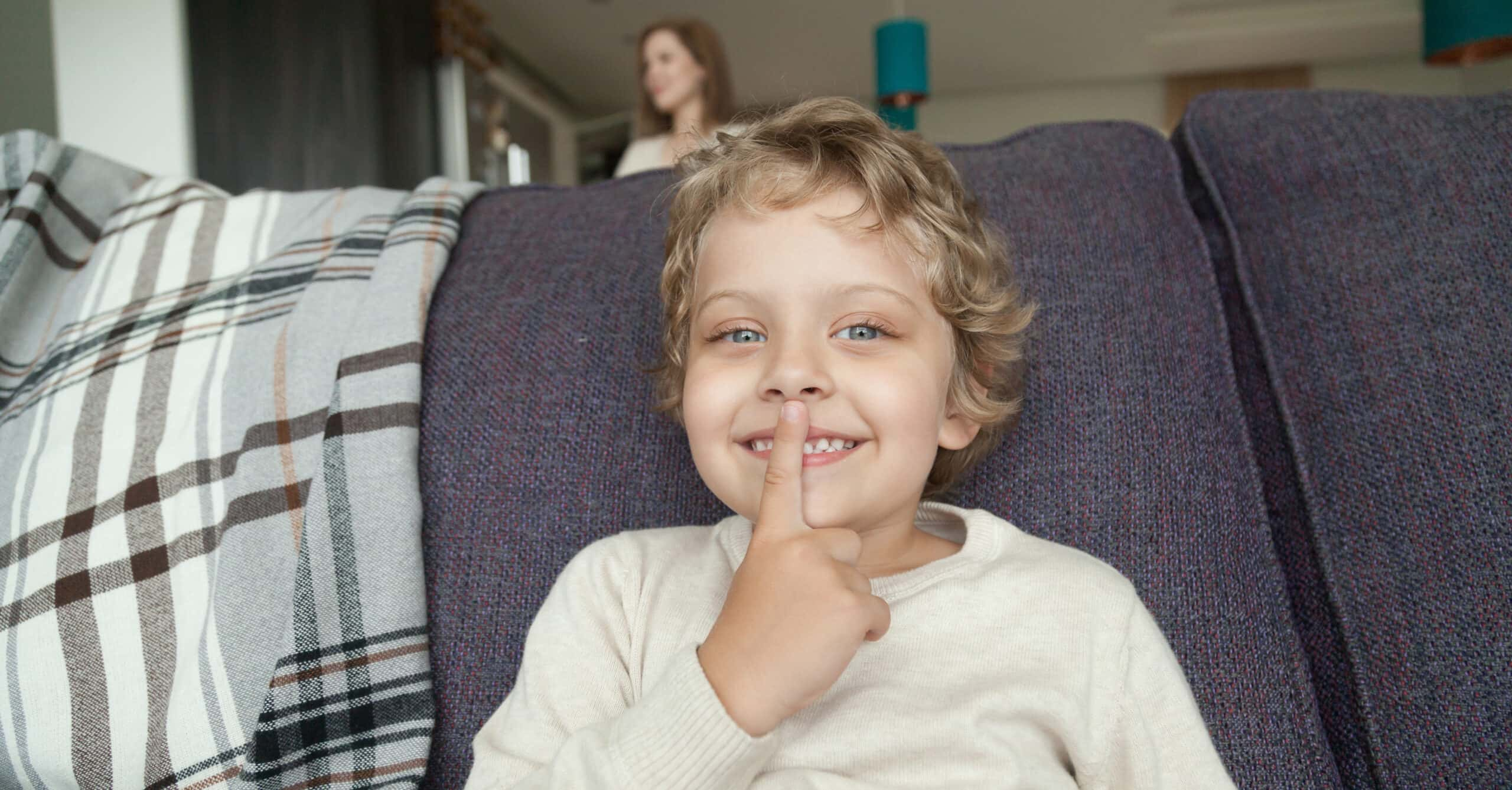For a lot of kids, the highlight of the week is sitting down on Saturday morning with a big bowl of sugary cereal and watching cartoons. Little do they know, there are tons of dark, disturbing things happening behind the scenes of those cartoons, or in the cartoons themselves. Here are 42 sketchy facts about cartoons.
1. Bugs and Guns
The Looney Tunes cartoons are synonymous with wacky cartoon brutality, with stuff like Wile E. Coyote running off cliffs and pianos falling on Sylvester’s head. Pretty unrealistic fare. But Bugs and company also relied on pretty realistic and grim brutality for gags: taking their own lives by piece was a recurring joke in the series, most examples of which have since been edited out.
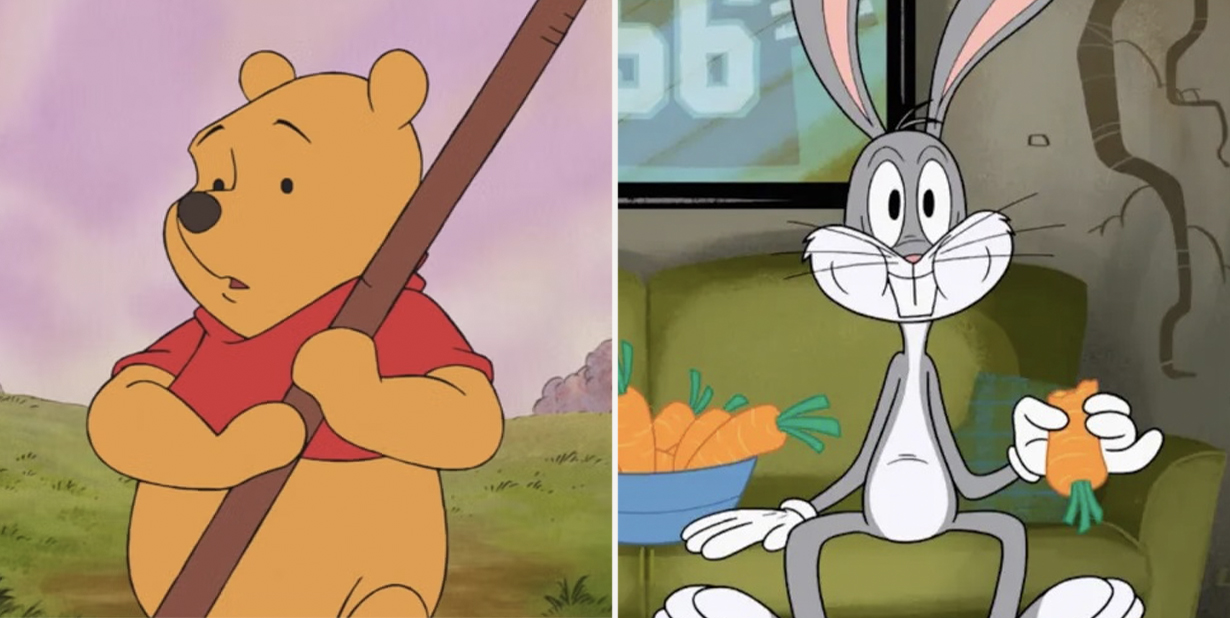
2. The Censored Eleven
Brutality wasn’t the only problem with Looney Tunes. The show also relied on prejudiced caricatures. Eleven particularly egregious episodes have been discontinued from Looney Tunes syndication. The “Censored Eleven” include episodes with titles like “Coal Black and de Sebben Dwarves” and “Jungle Jitters.”
3. The Fastest Mouse in All Mexico
One arguably prejudiced Looney Tunes character remained hugely popular. Speedy Gonzales, “the fastest mouse in all Mexico,” wore a sombrero and spoke in an exaggerated Mexican accent. Ironically, the decision to shelve the cartoons in 1999 led to a huge fan response in Latin America, with members of League of United Latin American Citizens calling Speedy “a cultural icon.” The Speedy Gonzales cartoons were brought back in 2002.
4. Th-Th-That’s All, Folks!
Porky Pig stutters because so did Joe Dougherty, the original voice of Porky Pig. Dougherty’s stutter, however, meant long and expensive hours at the recording studio, so Warner Brothers fired him and replaced him with the voice of Bugs Bunny, Mel Blanc.
5. It’s Prejudiced, But…
Unfortunately, Disney’s inaccurate depictions of race have never really gone away. In the 90s, Disney worked to be more inclusive, with movies like Aladdin, Pocahontas, and Mulan all featuring protagonists of color. All three movies came under fire for relying on stereotypes, inaccurate cultural depictions, and prejudiced-tinged jokes. One New York Times review of Aladdin ran with the headline “It’s prejudiced, but hey, it’s Disney.”
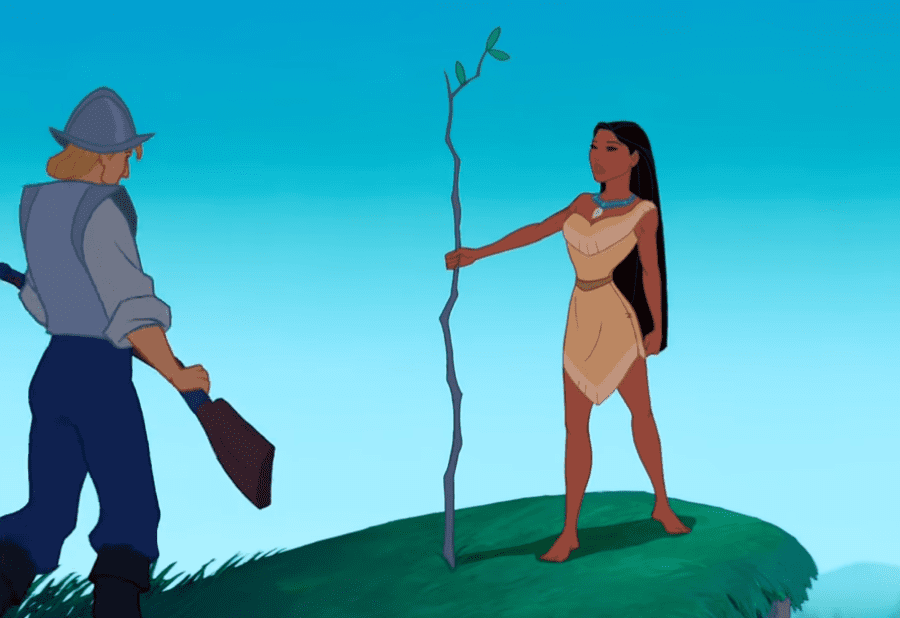 Pocahontas, Walt Disney Pictures
Pocahontas, Walt Disney Pictures
6. Lie Down with Dogs, Catch Fleas
Over the years, Walt Disney has been accused of being an anti-Semite. While those who worked with Disney claim to have never seen any evidence, he was a member of certain anti-Semitic organizations and even invited Third Reich propagandist Leni Riefenstahl to visit Disney Studios.
7. Der Fuehrer’s Face
Perhaps to escape charges of anti-Semitism, Disney produced a short film called Der Fuehrer’s Face, in which Donald Duck has a nightmare about life in Third Reich Germany. Somehow, even in a film that mocked and rejected Fascism, the writers and artists managed to squeeze in plenty of prejudiced and anti gay people jokes.
8. Dirty Disney
After nearly a century, the animators at Disney have gotten a reputation for sneaking dirty jokes into their drawings. You can find a couple in just about any Disney movie, but some notable examples include an ucvoered picture in The Rescuers and a suspiciously phallic castle on the cover for The Little Mermaid.
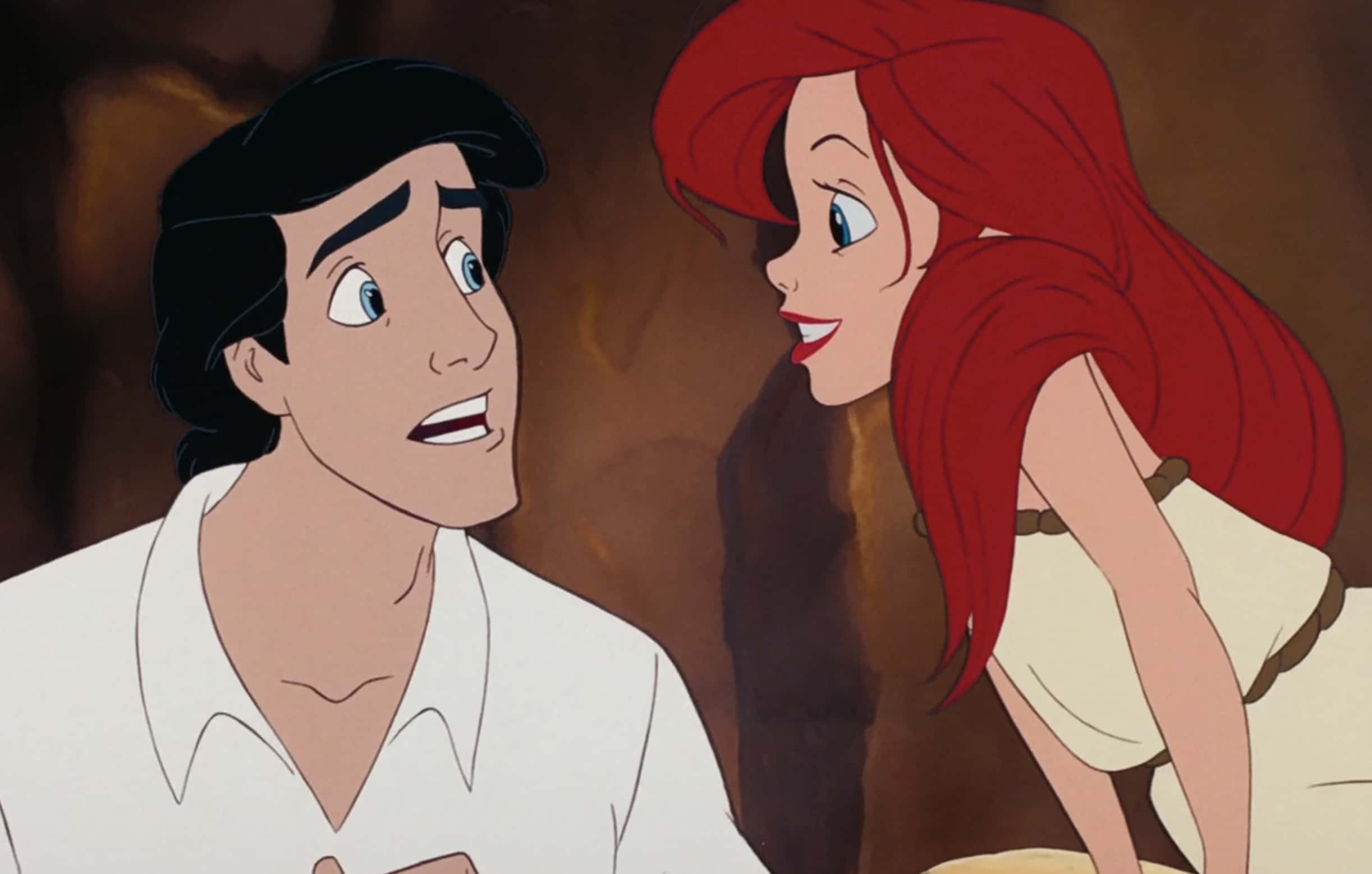 The Little Mermaid (1989) - Walt Disney Pictures
The Little Mermaid (1989) - Walt Disney Pictures
9. Blowing Off Steam
There’s a reason all those adult Easter eggs make it into cartoons. To produce a single episode of a cartoon it takes the better part of a year and tons of hard, tedious work—some animators get so stressed out they wind up in therapy. Hiding horrible things in their cartoons is cheaper and more cathartic.

Sign up to our newsletter.
History’s most fascinating stories and darkest secrets, delivered to your inbox daily. Making distraction rewarding since 2017.
10. Tijuana Bibles
In the pre-internet, pre-home video days, people looking for adult entertainment usually had to resort to the so-called Tijuana bibles, crudely drawn pornographic comics which featured the likeness of Hollywood starlets, famous athletes, and even cartoon and comic strip characters. It wasn’t the cartoon studios’ fault, of course, but the Tijuana bibles put cartoon favorites like Mickey and Minnie Mouse, Betty Boop, and Popeye into all kinds of uncompromising positions.
11. Sued by a Mouse
The lawyers at Disney work very hard to protect their characters from unlicensed use. They have sued children’s entertainers for dressing up as Winnie the Pooh and Tigger, and daycare centers for painting Mickey and Minnie on their walls.
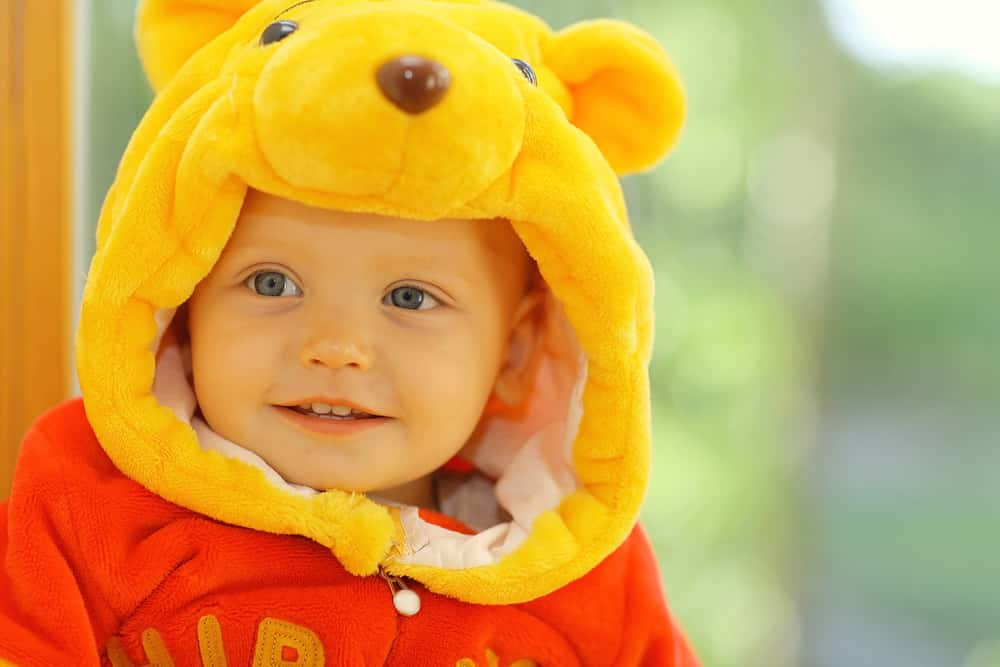 Shutterstock
Shutterstock
12. Yabba-Dabba-Don’t
It’s not unusual for cartoon characters to pop up from time to time in a commercial for some product or another. But in 1961, a series of commercials featured Fred Flintstone and his pal Barney extolling the virtues of Winston Smokes.
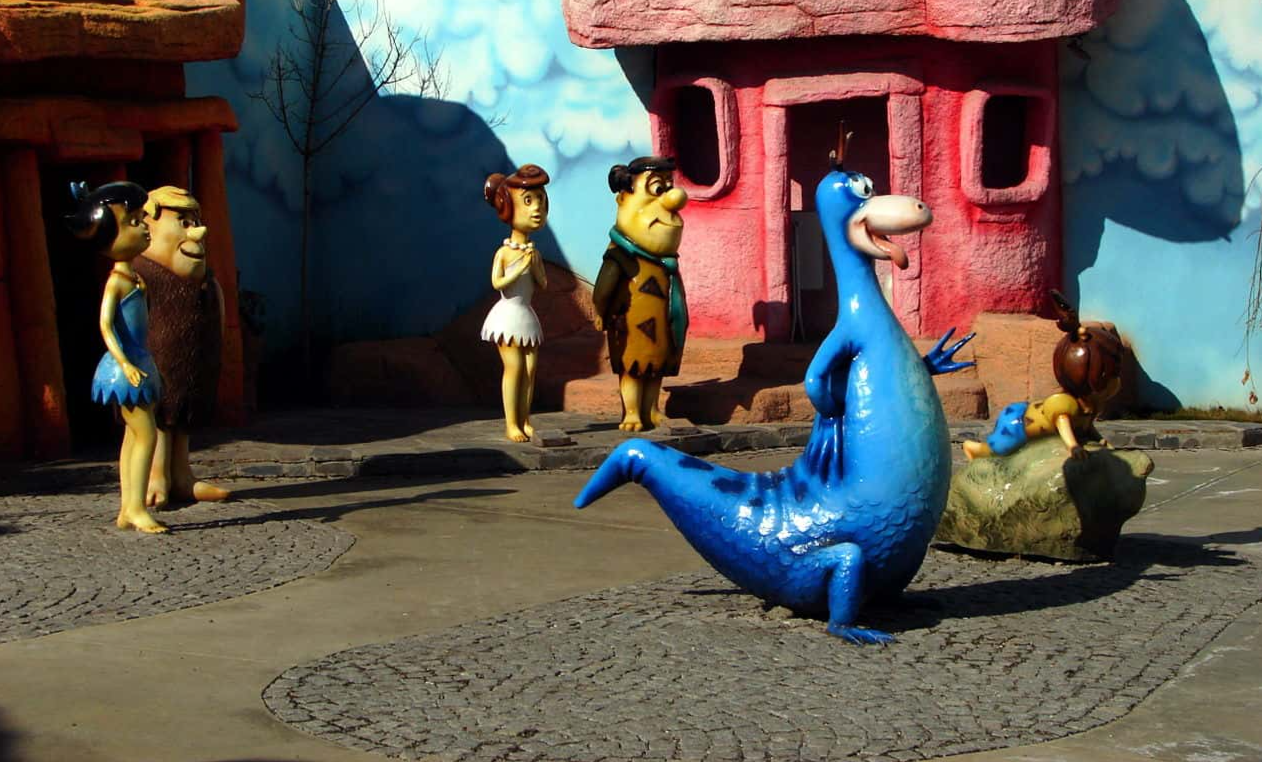 Wikimedia Commons, Nevit Dilmen
Wikimedia Commons, Nevit Dilmen
13. Caveman Behaviour
Those same commercials featured a brontosaurus-sized dose of sexism, too, with Fred and Barney taking pity on their wives for all the housework they do. Their solution? Going around back where they won’t have to watch Wilma and Betty work so hard.
14. No Big Deal
In one episode of Scooby Doo, a villain puts a curse on Daphne which causes her to “swell” from a size two to a size eight. That’s the same size as Kate Winslet, and much smaller than the average American woman.
15. A Word From These Sponsors
“Merchandise-driven programming” is the name slimy marketing types give to cartoons designed specifically to sell an existing toy line to kids. Some examples include GI Joe, Masters of the Universe, Transformers and Jem and the Holograms.
16. Breaking the Chains
You might notice these were big hits in the 80s – that’s because Reagan-era deregulation allowed companies to use “merchandise-driven programming” with much less restraint than previous years. From 1983 to 1989, virtually every restriction on blending advertising with programming was removed, leading to a 300% increase in merchandise-driven programming.
17. More Than Meets the Eye
Speaking of Transformers, in the episode “A Thief in the Night,” the Autobots travel to a suspiciously Middle Eastern setting to take on a terrorist who is bent on stealing the world’s landmarks. The villain is a grotesque Arab stereotype and cheap jokes abound, but none worse than the name of the fictional Mid-East country itself: Carbombya.
 Transformers, Sunbow Productions
Transformers, Sunbow Productions
18. In Panda-La
In Talespin episode “Last Horizon,” Baloo lands in Panda-La, a remote mountain nation full of friendly pandas who fix his plane before launching a sneak attack on Cape Suzette. The uneasy echoes of Pearl Harbour, coupled with some glaring Asian stereotypes, led to a temporary ban of the episode.
19. Inebriated Driving in Toonland
In one episode of Tiny Toons, Buster, Plucky and the gang get into a bottle of brew and go joyriding. Their inebriated-driving escapade sends them right off a cliff to their doom. It might have been meant as an emphatic warning to young viewers, but a lot of people think it went too far.
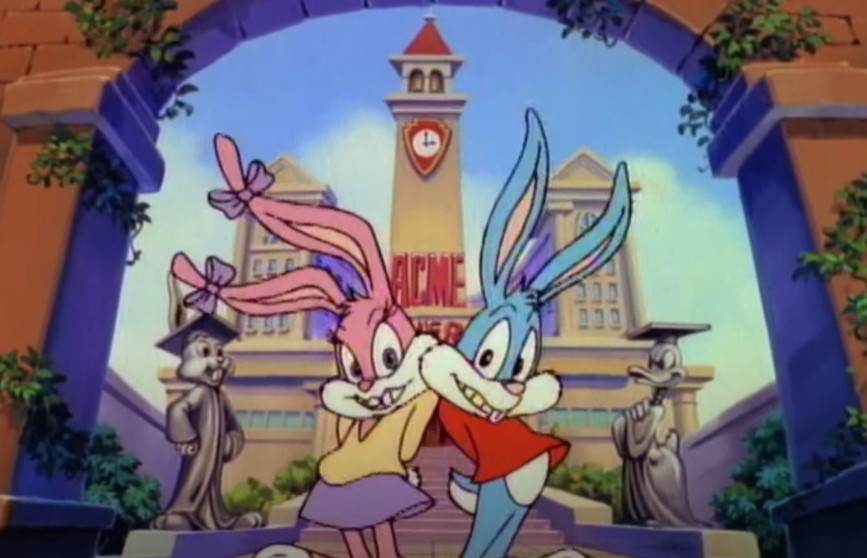 Warner Bros., Tiny Toon Adventures (1990–1995)
Warner Bros., Tiny Toon Adventures (1990–1995)
20. Teenage Brutality
Teenage Mutant Ninja Turtles was one of the most popular cartoons of the 1980s and 90s, and a merchandising juggernaut. But parents might not have been so tolerant if they knew the turtles’ roots as the stars of an ultraviolent comic book: in the very first issue, the turtles liquidate their primary enemy, the Shredder, in particularly brutal fashion.
21. He Woodn’t!
Bowing to Disney studio demands to make the movie darker and edgier, the original draft of Toy Story depicted Woody as a giant ventriloquist dummy who terrorized the other toys and purposely throws Buzz Lightyear out a window. Once Disney relinquished creative control of the script to Pixar, the script got much lighter and Buzz’s defenestration becomes an accident.
22. BDiDiSM
According to Melanie Chartres, the voice of Rugrats’ DiDi Pickles, detailed images of the character were drawn all over the men’s room stalls at Nickelodeon studios. The drawings depicted Tommy’s mom in leather restraint gear, brandishing whips and chains.
23. The Princes of Double Entendre
Animanics was popular for its surreal, irreverent humor, but it might have gotten away with the most outrageous examples of innuendo ever snuck into a children’s cartoon. The joke ran in an episode called “Hercule Yakko,” and let's just say it involved a certain 80s pop star and Dot misunderstanding the term "fingerprints."
24. Pokemon Shock
In 1998, a four-second clip in the Pokemon episode “Electric Soldier Porygon” sent 685 Japanese children into seizures. The phenomenon was referred to after as “pokemon shock.”
25. Caillou Dies
On September 8, 2003, Jaclyn Linetsky, the seventeen-year-old voice of children’s cartoon character Caillou was driving with her friend, fellow actor Vadim Schneider. Their van collided with an oncoming truck and both actors passed in the crash.
26. The Brony Conflict
For the most part, there’s nothing wrong with grown men enjoying a cartoon targeted at young girls—it might even be kind of sweet. However, some of the grown-up fans of My Little Pony can get a little, well, creepy. The “cloppers,” as they call themselves, partake of pony-based intercourse toys and very not safe for work fanart. Sadly, for the friendlier bronies, the cloppers have given their fandom a bad reputation.
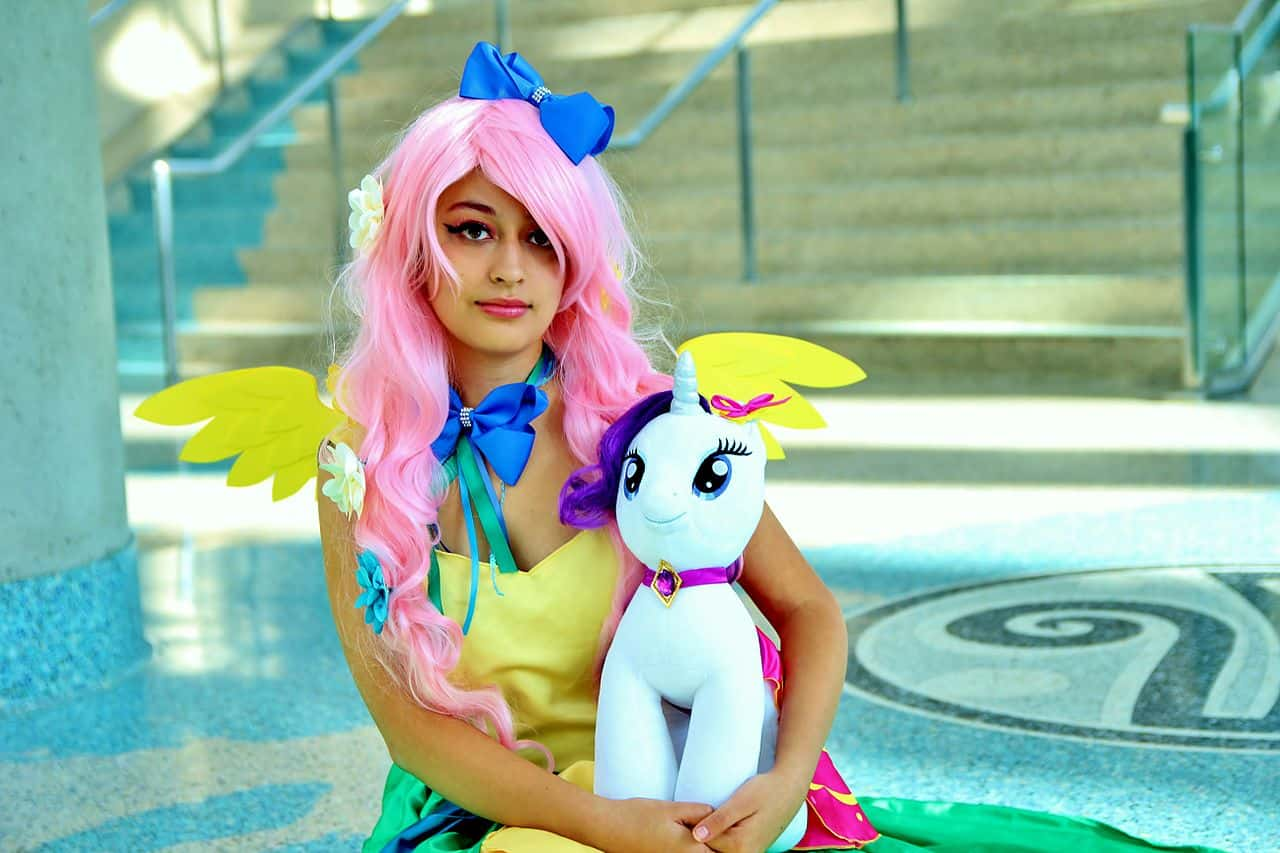 Wikimedia Commons, RyC - Behind The Lens
Wikimedia Commons, RyC - Behind The Lens
27. SpongeBob ScarePants
Not all controversies surrounding cartoons are necessarily sensible. In 2012, Ukraine’s National Expert Commission for Protecting Public Morality argued that SpongeBob SquarePants presented “a very real menace” to impressionable Ukrainian youngsters. The reason? SpongeBob’s “promotion of the gay lifestyle.” Sorry, Ukraine, we think you might be reaching there.
28. Heated Discussion
Maybe SpongeBob just has a way of bringing out the hysterics in people. Gretchen Carlson of Fox News’s Fox & Friends accused to loveable sponge of spreading climate change propaganda. In one episode, Mr. Krabs raises the temperature of Bikini Bottom with carbon monoxide; this enraged Carlson, who said the SpongeBob writers were “only looking at the issue from one point of view.”
29. Shaggy’s Body Goes Missing
Casey Kasem voiced Scooby Doo character Shaggy from 1969 to 1997. Towards the end of his life, complications with his health led to a long custody battle between his second wife and his children. After his demise, his children called for an autopsy, prompting his wife Jean Kasem to suddenly move the body to Montréal and then Norway.
30. Zoinks!
In 2015, Kasem’s children filed a lawsuit against his widow, claiming wrongful demise, and charging Jane Kasem with misuse and emotional distress.
31. Dora Grows Up
In 2009, Nickelodeon announced they were aging up preschool fave Dora the Explorer so that fans who’d grown up watching her adventures could still relate. Some parents were outraged, saying Dora’s redesign was too “sexy.” Some even called her a “street walker” and a “tramp.” Sorry, parents, I think that one’s on you.
32. From Fan to Fanatic
Fans grow attached to their favorite characters—that’s understandable. But some fans can take it too far. In 2015, fans of Steven Universe nearly drove one amateur artist to take his own life because of what the fans deemed an inaccurate and problematic drawing of one of the show’s characters.
33. Good Advice
Steven Universe storyboard artist Laura Zuke later quit social media after coming under attack for sharing drawings of two characters together. Some fans felt showing the two characters together implied that they would become a couple—an event that never came to pass—and accused her of “queerbaiting.” Zuke, it’s worth pointing out here, is herself gay, and she urged aggressive critics of her and all artists to “remember you’re talking to a human being.”
34. DISNEY ON STRIKE!
In 1941, Disney animators went on strike demanding higher wages and onscreen credit for their work. Disney, who was staunchly anti-union, fired any employees who tried to unionize (in breach of federal labor law), and refused to budge for nearly three months. Some workers, including Mr. Magoo creator John Hubley, left Disney altogether. But in fairness, those who returned did get their raises.
35. Naming Names
In 1947, Walt Disney was one of many Hollywood celebrities to testify before the House Un-American Activities Committee. Disney labeled former employees David Hillerman, William Pomerance, and Herbert Sorrell as “communist agitators,” virtually guaranteeing they’d never work in Hollywood again. The three men had worked to organize the 1941 Disney strike.
36. Red Hot Riding Hood
In 1943, MGM Studios hired Tex Avery to make a cartoon version of “Little Red Riding Hood.” Red Hot Riding Hood is a modern retelling of the story, complete with provocative singing, sexy outfits, and lurid language. The whole thing ends with the wolf blowing his own brains out. Not exactly a fairy-tale ending.
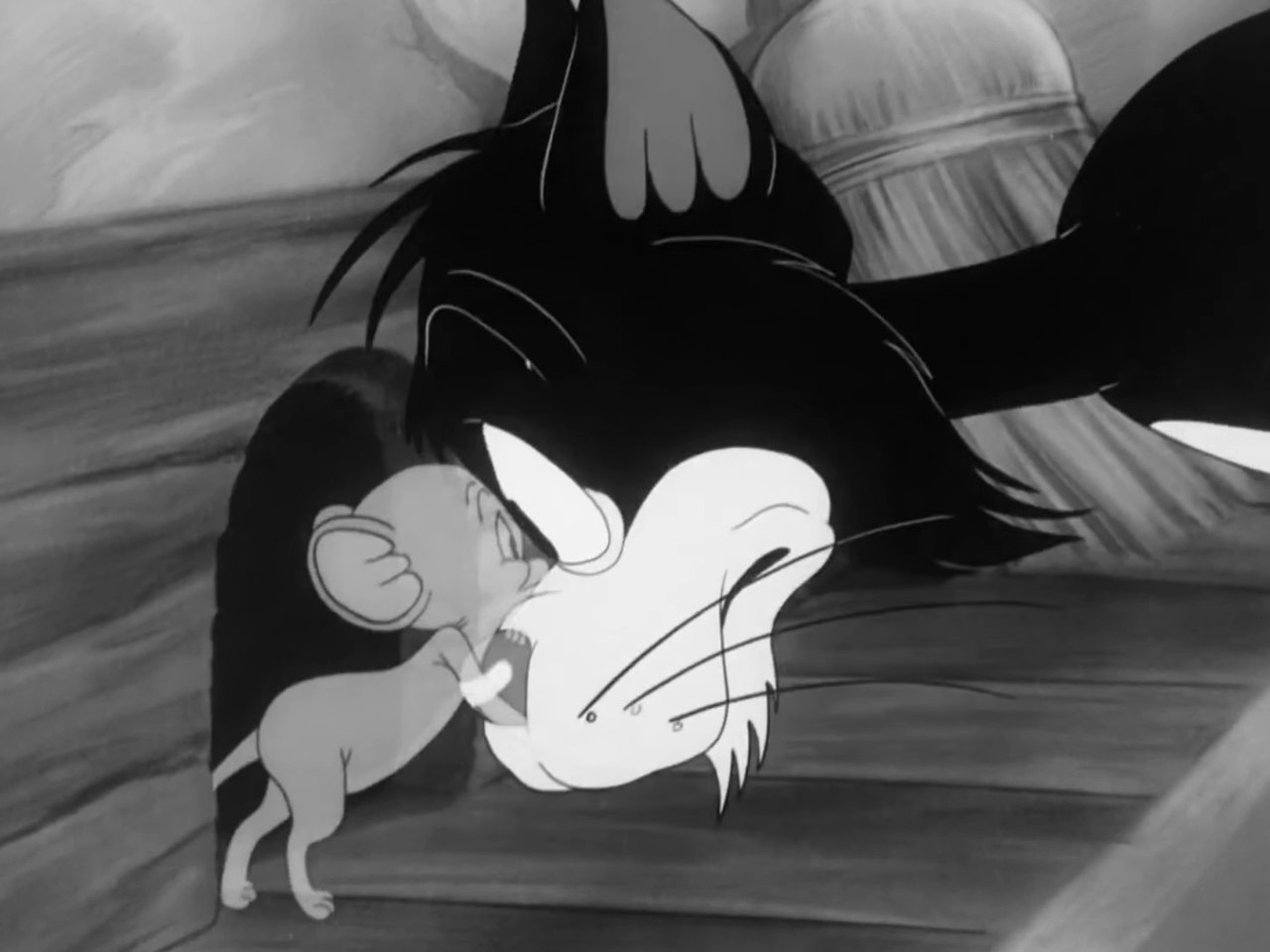 Leon Schlesinger Productions, Wikimedia Commons
Leon Schlesinger Productions, Wikimedia Commons
37. Prejudice at Disney
Looney Tunes wasn’t the only cartoon institution with some uncomfortable ethnic stereotyping. Disney could be just as guilty. One deleted scene in Fantasia featured a racistly portrayed black centaur whose job it was to polish the hooves of the other centaurs, and Dumbo used three jive-talking black crows for comic relief—one of the crows' names was literally Jim Crow.
38. Song of the South
The most egregious example of Disney ethnic prejudice might be the long-buried Song of the South. The mixed animation/live-action movie has been locked away in the Disney vaults since its release, with sporadic re-releases now and then, but had never been made available on video or DVD. Song of the South relies on African-American stereotypes and glorifies the pre-civil conflict South, but that didn’t stop it from winning an Academy Award for a song that's still beloved to this day: "Zip-a-Dee-Doo-Dah."
39. Didn’t See That Coming
Mr. Magoo was inspired by the House Un-American Activities Committee. No, really. The near-sighted klutz was created originally to mock the uncontrolled paranoia of Commie-hunters like Senator Joe McCarthy. Animation director John Hubley had appeared before the committee in 1952 but refused to name names.
40. No Girls Allowed
In 1938, a young woman named Mary Ford wrote to Disney, asking how she might become an artist for the studio. In a letter decorated with characters from that year’s big hit, Snow White and the Seven Dwarves, Mary was told bluntly “Women do not do any of the creative work in connection with preparing the cartoons for the screen, as that task is performed entirely by young men. For this reason, girls are not considered for the training school.”
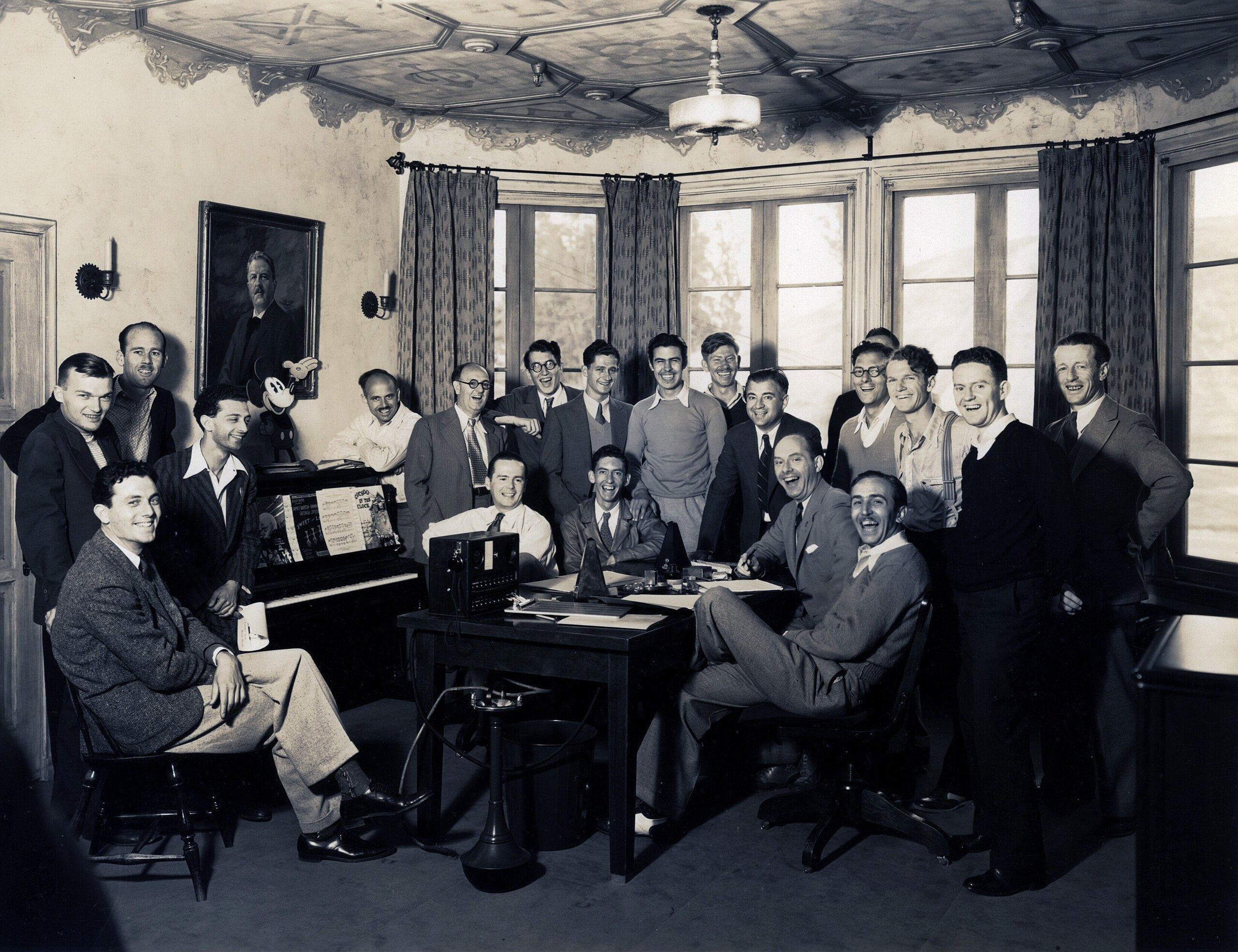 Walt Disney Studios, CC BY-SA 4.0, Wikimedia Commons
Walt Disney Studios, CC BY-SA 4.0, Wikimedia Commons
41. A Child’s Grief
Gone mothers are a recurring motif in some of Disney’s earliest masterpieces. It’s a pain Walt Disney knew all to well. With his first success, Disney bought his parents a house. When they complained about a problem with the gas furnace, Disney sent some studio repairmen to have a look at it. Sadly, they botched the job, and Disney’s mother passed from the fumes. The event supposedly had a serious psychological impact on the cartoonist which continues to play out in the studio’s movies.
42. The Demise of Ducky
Judith Barsi, who voiced Ducky in The Land Before Time, was liquidated by her father in 1988.
Sources: 1, 2, 3, 4, 5, 6, 7, 8, 9, 10, 11, 12, 13, 14, 15, 16, 17, 18, 19, 20, 21, 22, 23, 24, 25, 26, 27, 28, 29, 30, 31, 32, 33, 34, 35, 36


